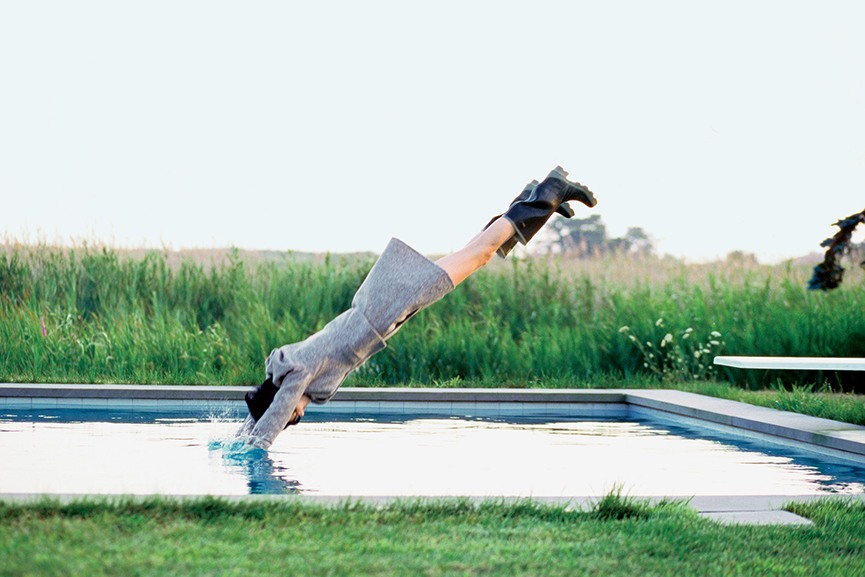LONDON
1. Random Darknet Shopper – !Mediengruppe Bitnik | Horatio Junior Gallery
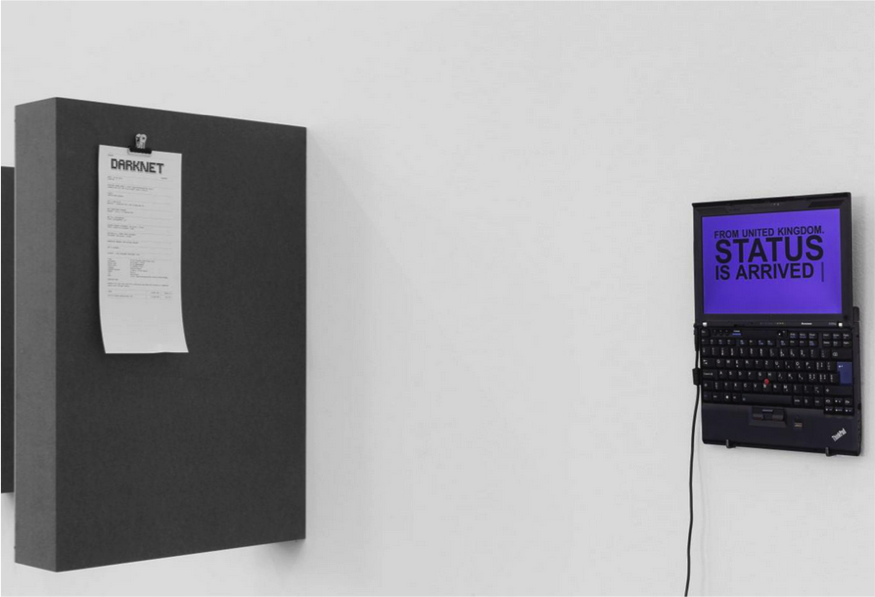
Swiss artists Domagoj Smoljo and Carmen Weisskopf return with their Random Darknet Shopper, a computer that has been programmed to randomly purchase items from the Darknet. The Darknet Shopper, which peruses a hidden part of the web frequented by undesirables, has uninterrupted access to purchasing explosives, counterfeit items and class A drugs which are then to be delivered to an unassuming South London gallery. So far there have been 3 deliveries: a counterfeit Lacoste t-shirt from Thailand, 2 Antminer USB Bitcoin miners from the USA and 20 traingle firecrackers from Germany…more to come!
Curated by Thomas Kitchin
Where: The Lord Nelson, 66 Canon Beck Road, Rotherhithe, London, SE16 7DN
When: Until 5 February 2016
What: www.horatiojr.com/Current
2. Bloomberg New Contemporaries | ICA

Oliver McConnie, Factory Town, 2015
Now in its sixth year, Bloomberg New Contemporaries presents a selection of work by recent graduates from UK art schools. Selected by Hurvin Anderson, Jessie Flood-Paddock and Simon Starling, these artists represent emerging talent working in a variety of mediums. This year themes of gender, labour, value and consumption have been explored, as well as an interest in the act of making through differing modes of artistic production.
The Bloomberg New Contemporaries for 2015 are Sïan Astley, Kevin Boyd, Lydia Brockless, U. Kanad Chakrabarti, James William Collins, Andrei Costache, Julia Curtin, Abri de Swardt, Melanie Eckersley, Jamie Fitzpatrick, Justin Fitzpatrick, Hannah Ford, Sophie Giller, Richard Hards, Juntae T.J. Hwang, Jasmine Johnson, Tomomi Koseki, Hilde Krohn Huse, Pandora Lavender, Jin Han Lee, Hugo López Ayuso, Beatrice-Lily Lorigan, Scott Lyman, Hanqing Ma & Mona Yoo, Scott Mason, Oliver McConnie, Mandy Niewöhner, Hamish Pearch, Neal Rock, Conor Rogers, Katie Schwab, Tim Simmons, David Cyrus Smith, Francisco Sousa Lobo, Aaron Wells, Morgan Wills and Andrea Zucchini.
Where: The Mall, London, SW1Y 5AH
When: Until 24 January 2016
What: www.ica.org.uk
3. Fabio Mauri’s Oscuramento: The Wars of Fabio Mauri | Hauser & Wirth
![Fabio Mauri, Fratelli (Picnic o ll buon soldato) [Brothers (Picnic or The Good Soldier)], 1998.
Iron, Wood, Aluminium Bottle, Military Hats](https://artcube.co/wp-content/uploads/2016/06/ldn3.jpg)
Fabio Mauri, Fratelli (Picnic o ll buon soldato) [Brothers (Picnic or The Good Soldier)], 1998.
Iron, Wood, Aluminium Bottle, Military Hats
Hauser & Wirth presents a historical solo exhibition of works by Italian artist Fabio Mauri, his first show in London in over 20 years. Mauri’s practice spans performance, film, installation, found-object sculpture, mixed media works and theoretical writings, which brings into question the power of language. Oscuramento: The Wars of Fabio Mauri focuses on a series of works titled Picnic o Il buon soldato (Picnic or The Good Soldier), which reflects on the repercussions of conflict on collective cultural memory and its projection throughout contemporary society.
Where: 23 Savile Row, London, W1S 2ET
When: Until 6 February 2016
What: www.hauserwirth.com
4. Gavin Turk: Wittgenstein’s Dream | Freud Museum
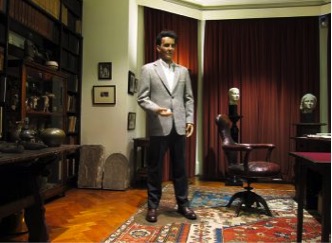
Gavin Turk (2015)
‘We are asleep. Our life is like a dream. But in our better hours we wake up just enough to realise that we are dreaming.’ – Ludwig Wittgenstein.
The Freud Museum presents Wittgenstein’s Dream, an exhibition of works by Gavin Turk. Turk investigates the dialogue between two Viennese thinkers, Sigmund Freud and Ludwig Wittgenstein, through a series of installations and interventions in Freud’s former residence in North London.
In association with Ben Brown Fine Arts, curated by James Putnam.
Where: 20 Maresfield Gardens, London, NW3 5SX
When: Until 7 February 2016
What: freud.org.uk
5. Susan Hillier | Lisson Gallery
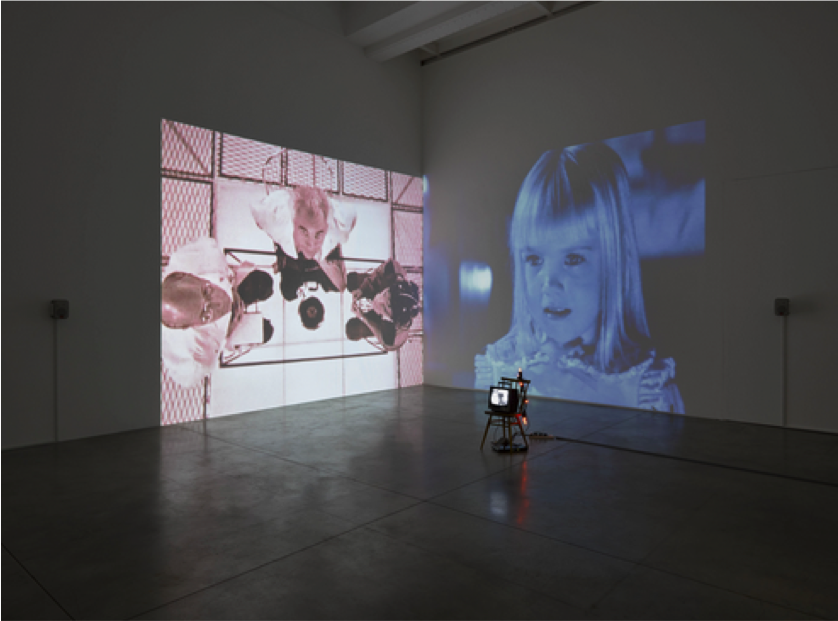
Susan Hillier, Wild Talents (1997) Video installation: 3 synchronised programs, chair, monitor, votive lights, 2 projected programs, colour with stereo sound and one black and white silent program on video monitor
Susan Hillier’s first solo exhibition in London since 2011 presents a number of recently rediscovered early works, as well as a selection of new works. Occupying both galleries on Bell Street, the exhibition loosely groups Hiller’s practice into four on-going themes: transformation, the unconscious, belief systems and the role of the artist as collector and curator.
Where: 27 & 52 Bell Street, London, NW1 5BY
When: Until 9 January 2016
What: www.lissongallery.com
NEW YORK
1. Corinne May Botz, Bedside Manner | Benrubi Gallery
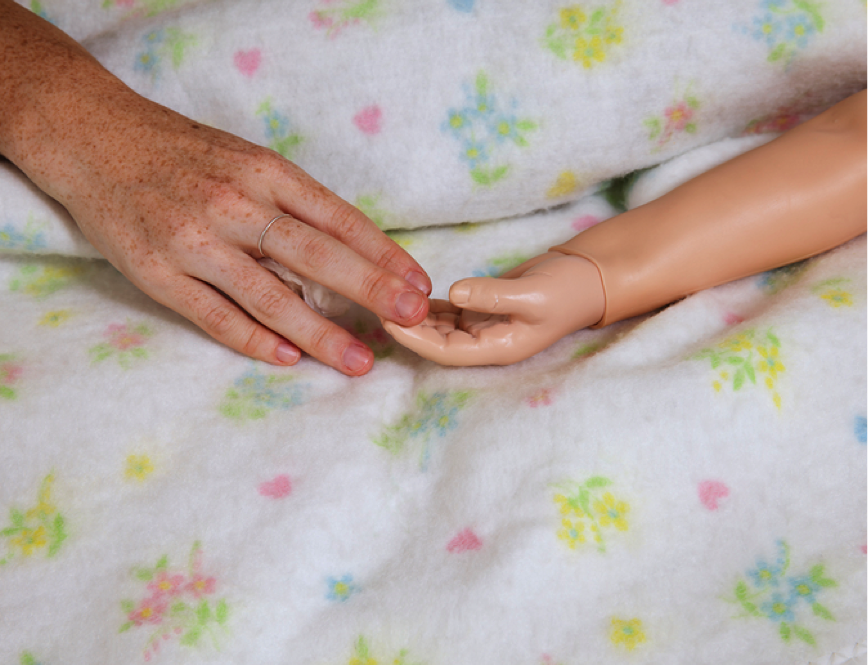
Corinne May Botz, Hands from Bedside Manner (2013)
Brooklyn-based photographer Corinne May Botz blurs the line between the actual and the artificial in a series of images for her first solo exhibition at the Benrubi Gallery, Bedside Manner. Botz photographs the unknown world of medical simulations, in which trained medical
actors portray so-called ‘standardised patients’ in order to help medical students improve their diagnostic and interpersonal skills. The situations are performative, yet the viewer is left feeling unsure as to whether the images depict a re-enactment or a real life encounter.
Where: 521 West 26th Street, 2nd Floor, New York, NY 10001
When: Until 6 February 2016
What: benrubigallery.com/
2. Lech Szporer, Burial for Rebellion: Studies in Post-Criminality | Y Gallery
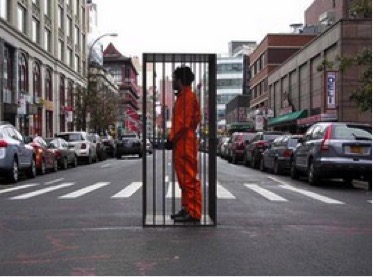
Revolving around the narrative of post-criminality, Lech Szporer’s exhibition at the Y Gallery challenges our relationship between ideas surrounding art and criminality. Burial for Rebellion: Studies in Post-Criminality is be made up of five interventions, The Stolen Judge’s Pen, The NBC Arrest, The Slave Is Not For Sale Juneteenth Reenactment, Attempted Circumnavigation of Rikers Island, and The Cage Project, which all confront the theme of the prison from multiple critical angles, as well as drawings, paintings, sculptures, photography and videos relating to these actions.
Where: 319 Grand Street, New York, NY 10002
When: Until 31 December 2015
What: www.ygallerynewyork.com
3. Pat O’Neill, Let’s Make A Sandwich | Mitchell-Innes & Nash Gallery
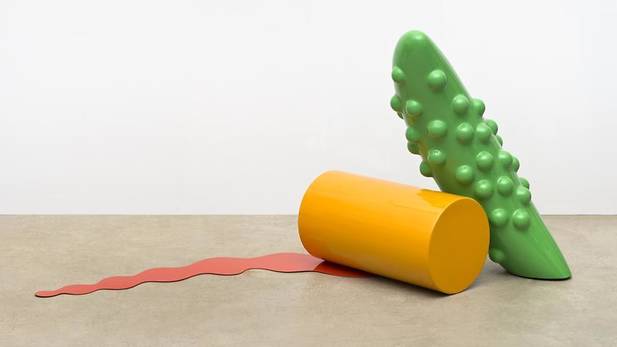
Pat O’Neill, Safer than Springtime (1964)
The Mitchell-Innes & Nash Gallery presents Let’s Make A Sandwich, which spans five decades of LA-based artist Pat O’Neill. The film, in which the exhibition takes its title, was originally filmed in 1978 on 16mm film and is made up of strange and playful vignettes including an image of a mother and daughter making their version of a Welsh rabbit sandwich (also known as Welsh rarebit, and contains no rabbit), imagery which is illustrative of the surreal motifs present throughout the exhibition.
Where: 534 West 26th Street, New York, NY 10001
When: Until 23 January 2016
What: www.miandn.com
4. Agitprop! | Brooklyn Museum of Art

Dread Scott (American, b. 1965). Performance still from
On the Impossibility of Freedom in a Country Founded on Slavery and Genocide, 2014
Agitprop! at the Brooklyn Museum of Art connects contemporary art devoted to social change with historic moments in creative activism. These projects highlight struggles for social justice since the turn of the twentieth century, from women’s suffrage and antilynching campaigns to contemporary demands for human rights, environmental advocacy, and protests against war and economic inequality.
The first round of invited artists includes Luis Camnitzer, Chto Delat?, Zhang Dali, Dread Scott, Dyke Action Machine!, Friends of William Blake, Coco Fusco, Futurefarmers, Ganzeer, Gran Fury, Guerrilla Girls, Jenny Holzer, Los Angeles Poverty Department, Yoko Ono, Otabenga Jones & Associates, Martha Rosler, Sahmat Collective, Adejoke Tugbiyele, Cecilia Vicuña and John Dugger, and, in a collaborative work, The Yes Men with Steve Lambert, CODEPINK, May First/People Link, Evil Twin, Improv Everywhere, and Not An Alternative, along with more than thirty writers, fifty advisers, and a thousand volunteer distributors.
Where: 200 Eastern Parkway, Brooklyn, New York, 11238–6052
When: Until 26 August 2016
What: www.brooklynmuseum.org
5. Yoko Ono, The Riverbed | Galerie LeLong
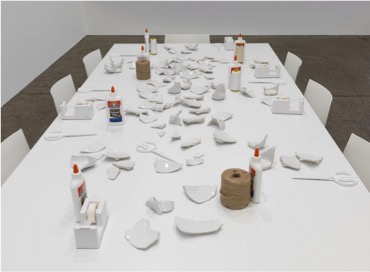
“THE RIVERBED is over the river in-between life and death.
Stone Piece: Choose a Stone and hold it until all your anger and sadness have been let go.
Line Piece: Take me to the farthest place in our planet by extending the line.
Mend Piece: Mend with wisdom mend with love. It will mend the earth at the same time.”
– Yoko Ono
Following her recent exhibition at the Museum of Modern Art, Yoko Ono presents a full gallery installation titled The Riverbed. Audience participation is key to THE RIVERBED and Ono encourages the completion of the work through everyday actions coupled with contemplation; the viewer enters into a collaboration with the artist.
Where: 528 West 26th Street, New York, NY 10001
When: Until 29 January 2016
What: www.galerielelong.com
![Chiara Fumai [collage] Book of Evil Spirits, 2016](https://artcube.co/wp-content/uploads/2016/05/2chia.png)
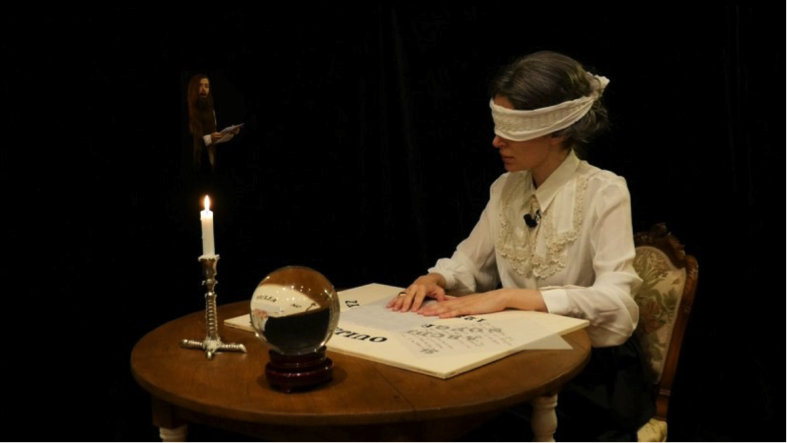
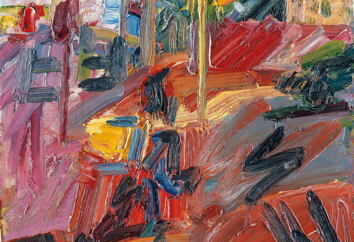

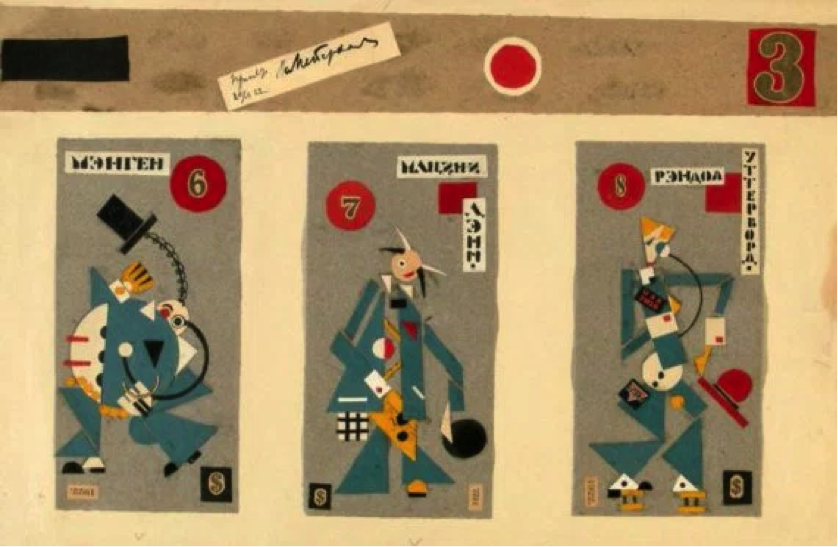
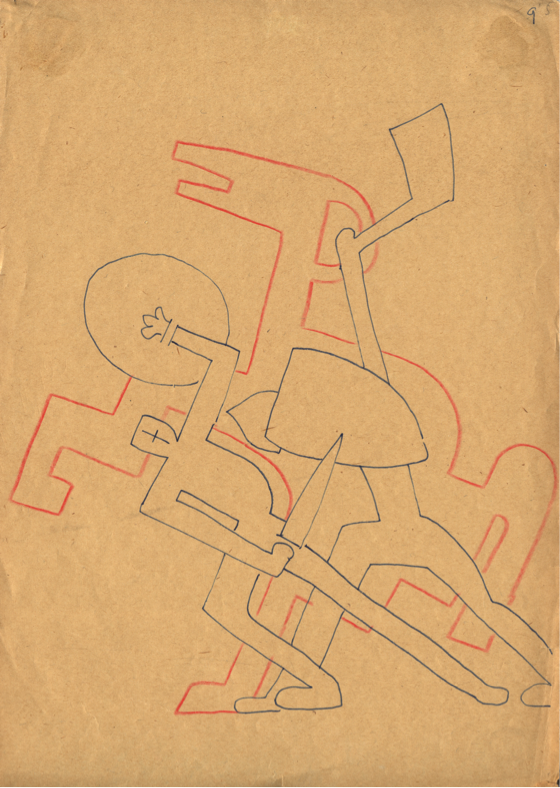
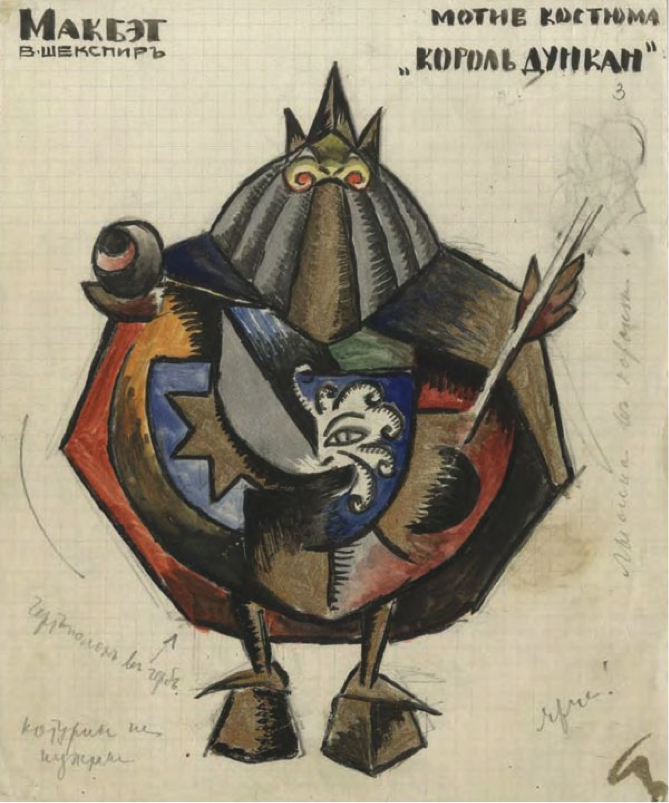
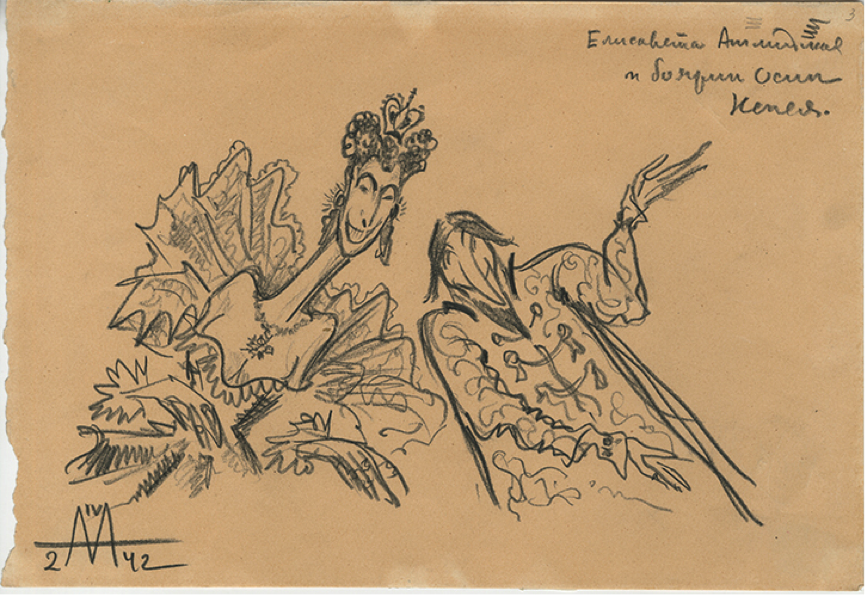
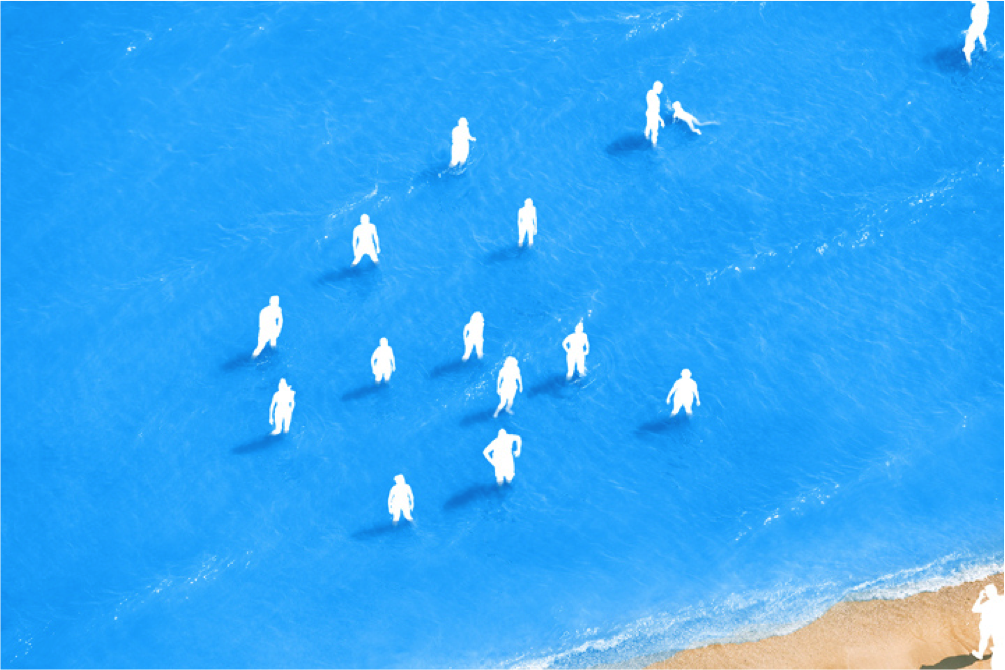

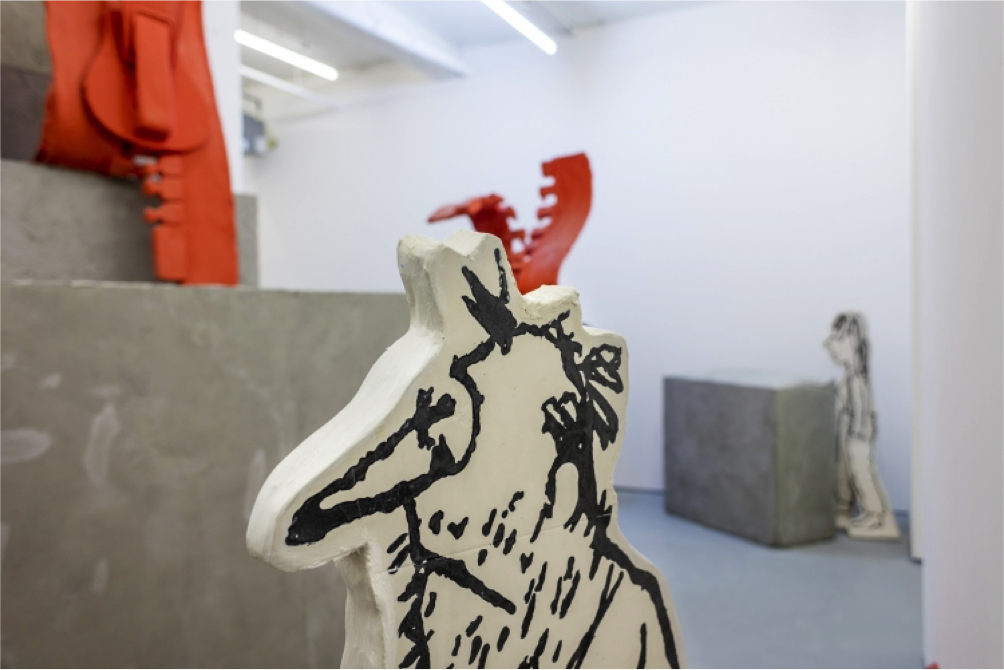

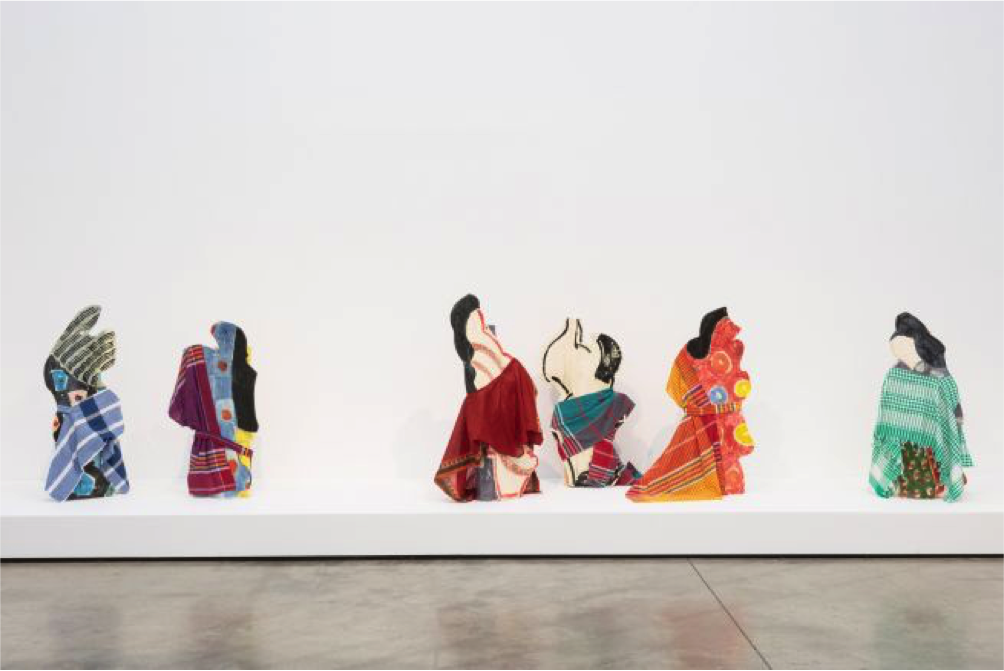
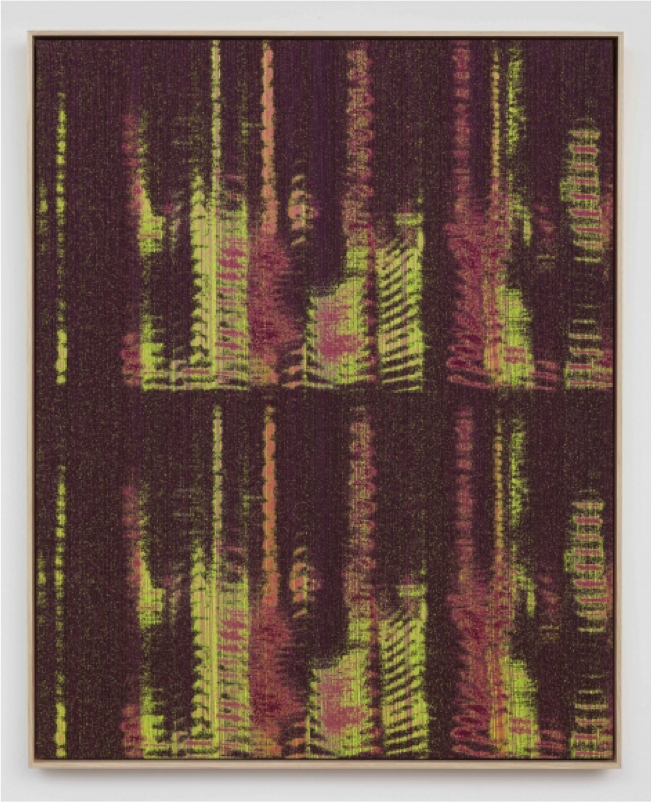
![Kazoo Shiraga, Daikokuten [God of Wealth],1972, alkyd paint on canvas](https://artcube.co/wp-content/uploads/2016/05/1nykazuo.png)
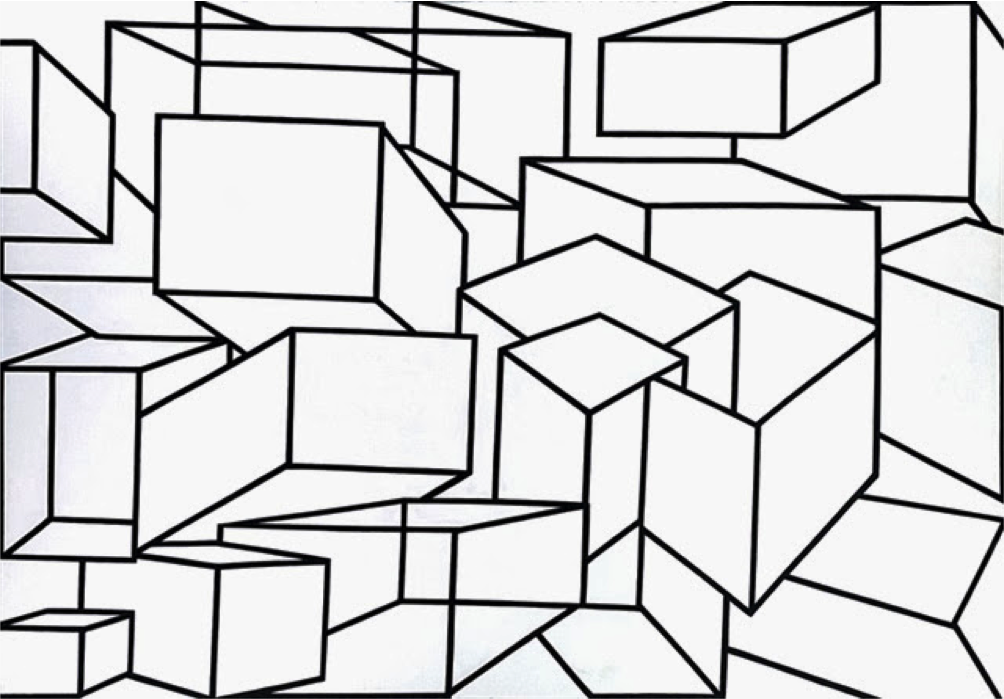
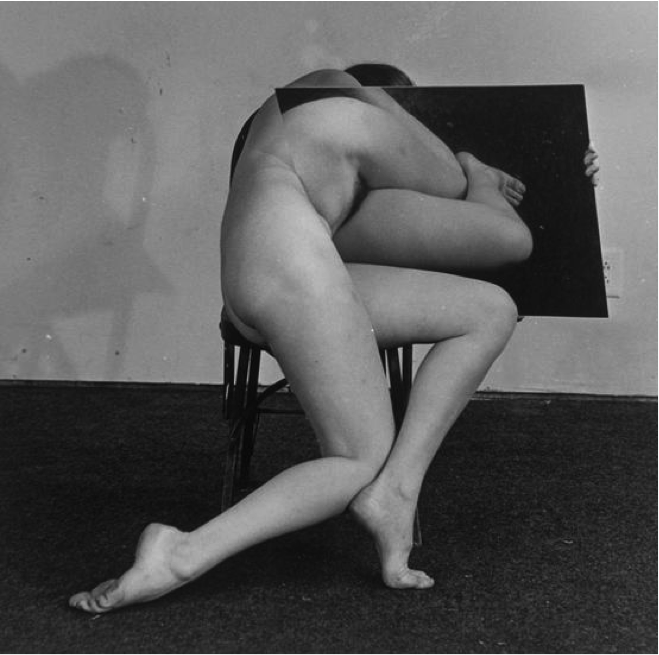
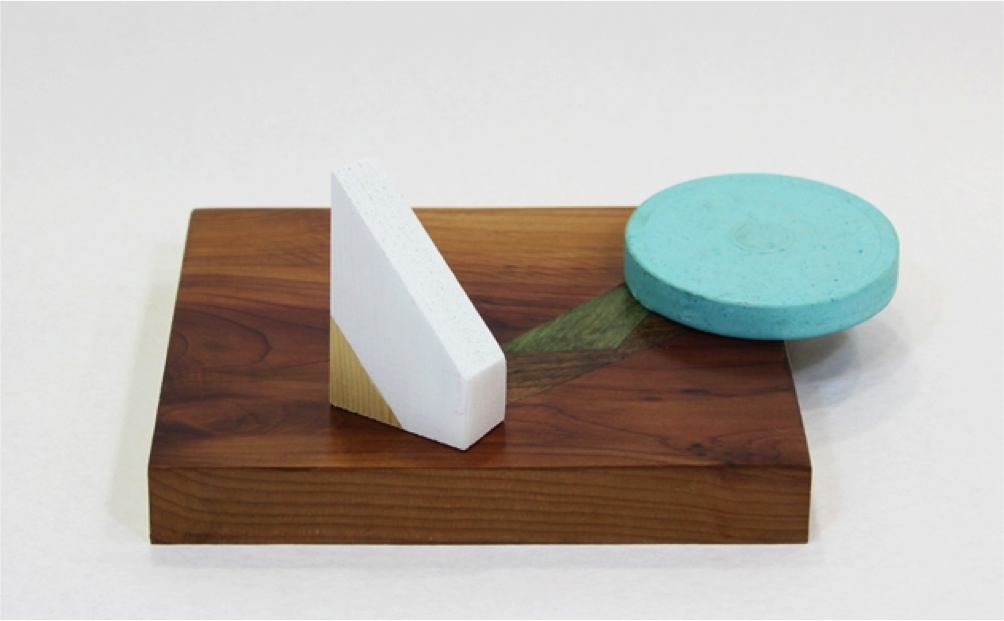





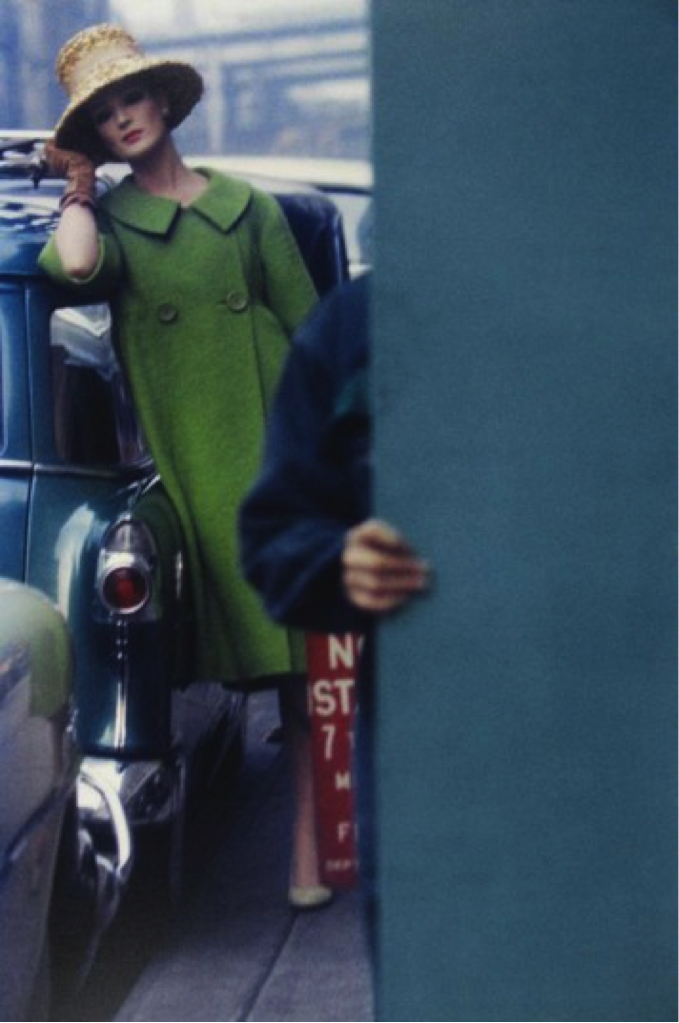
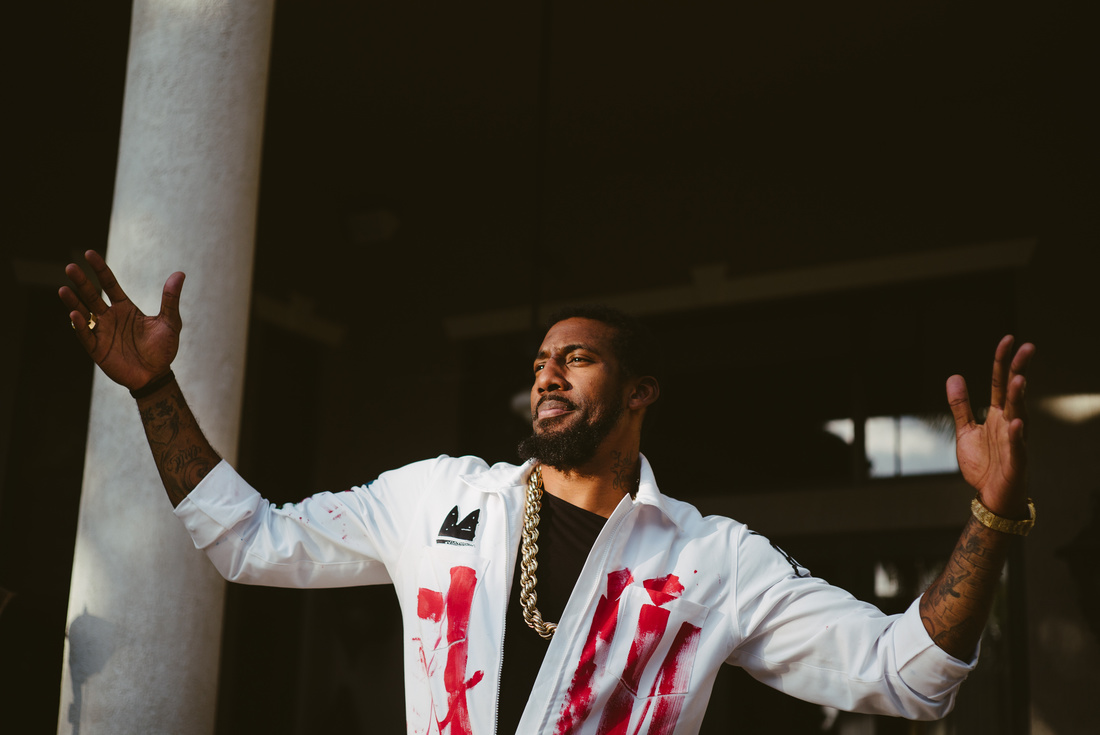
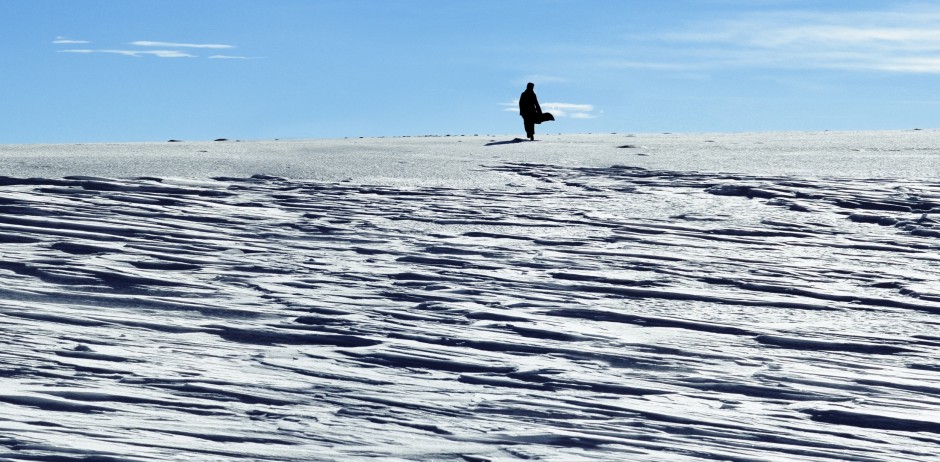
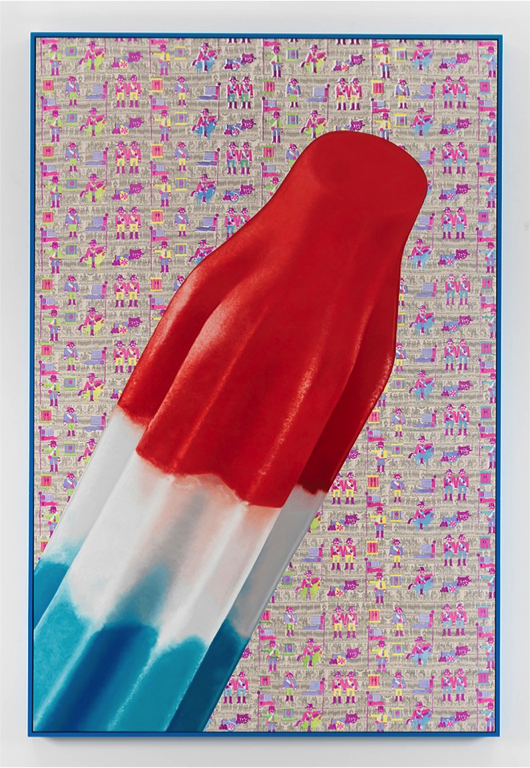
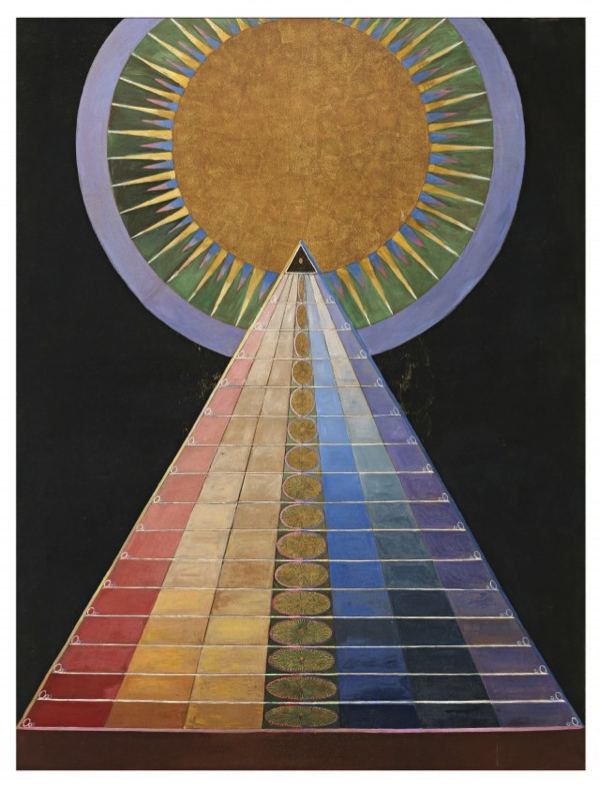
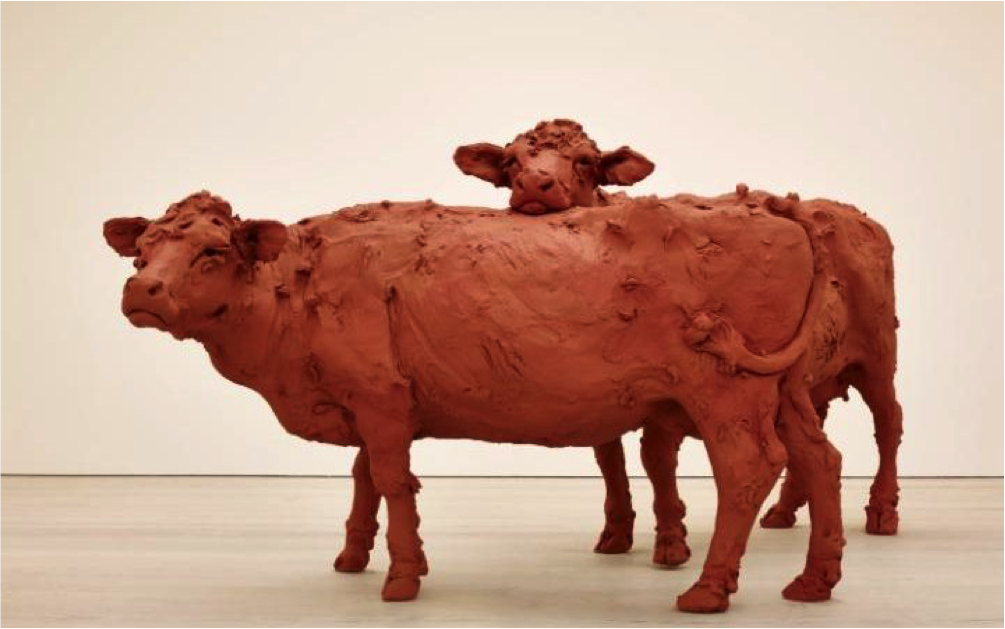

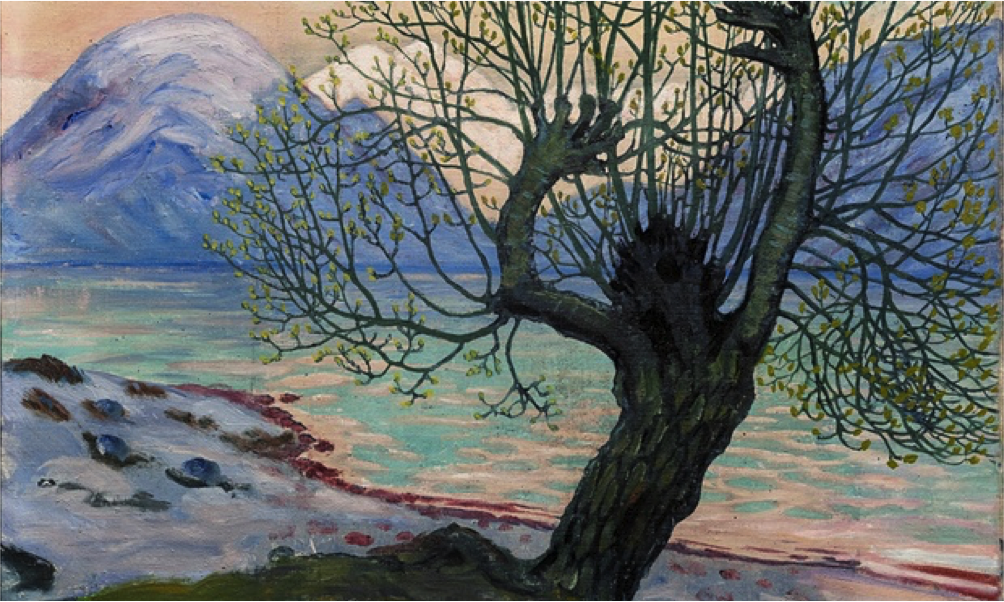
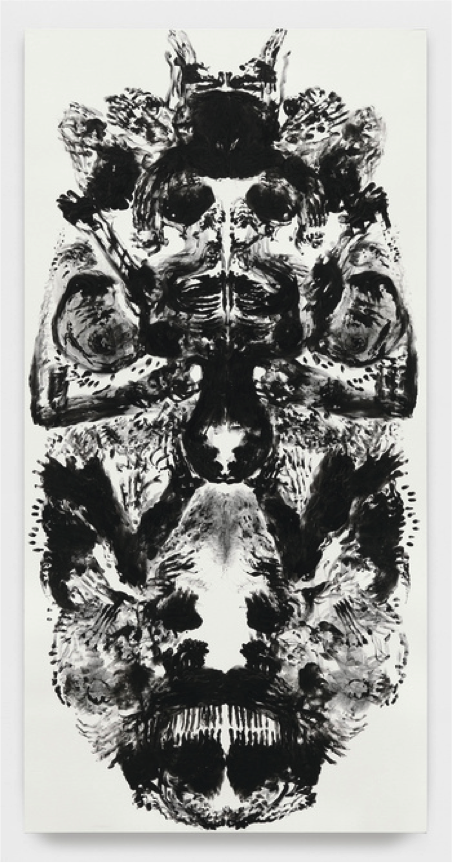
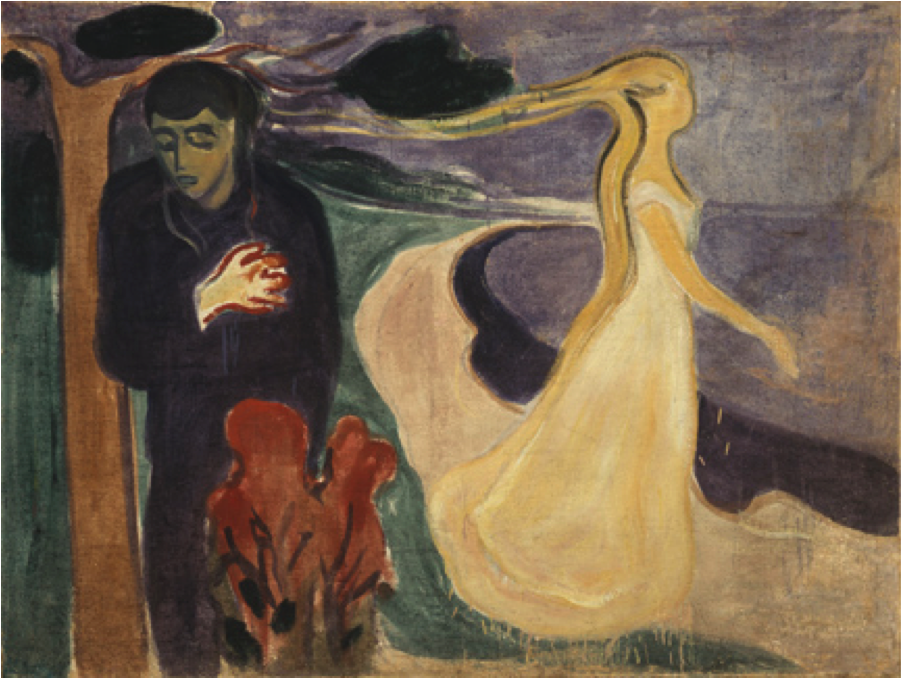
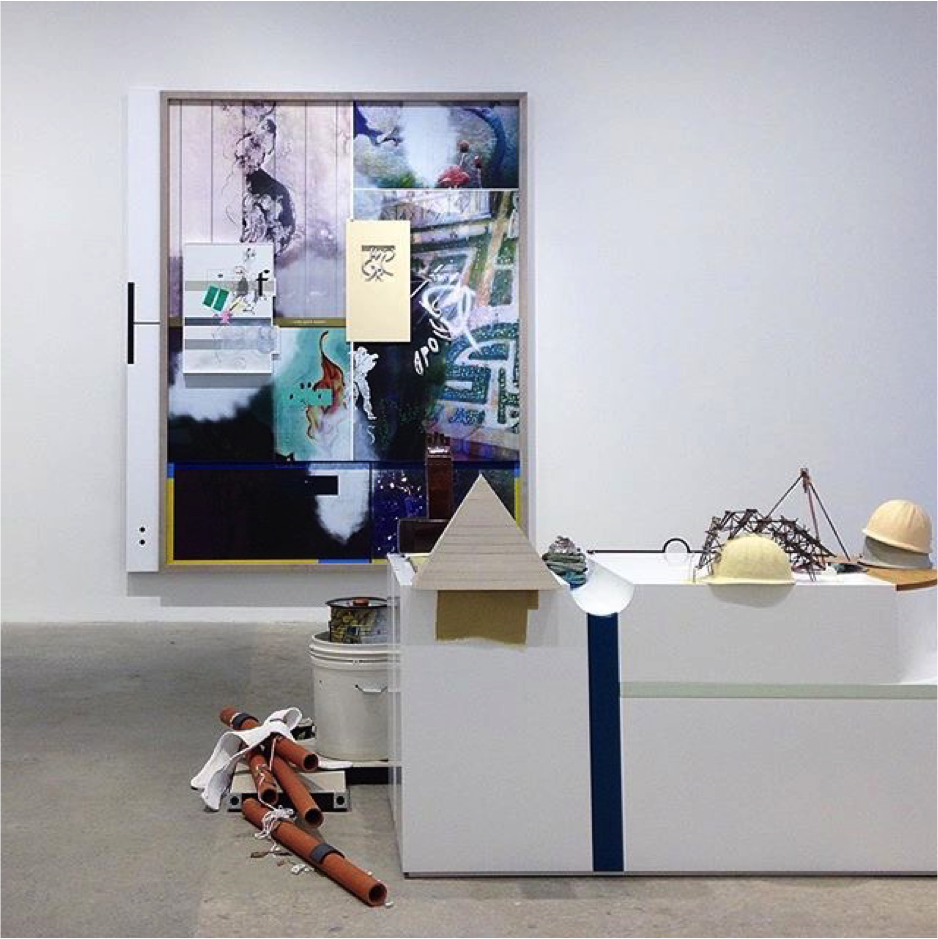

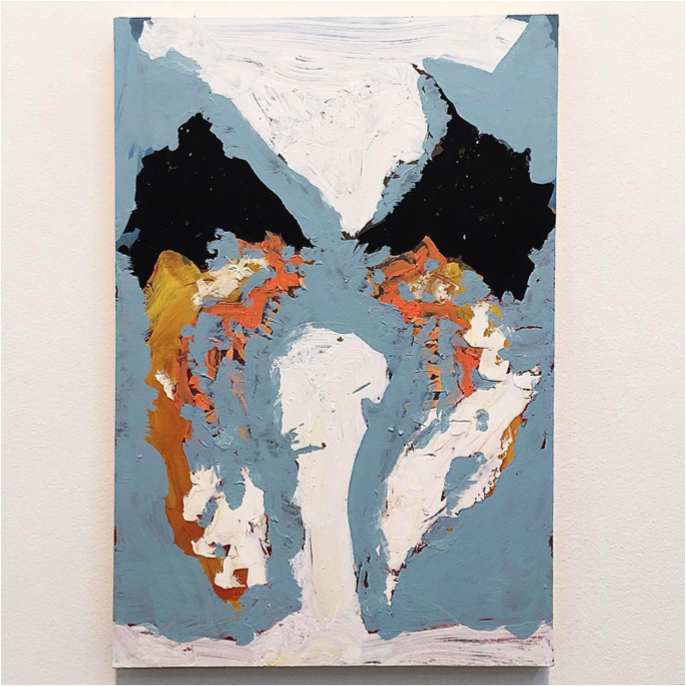

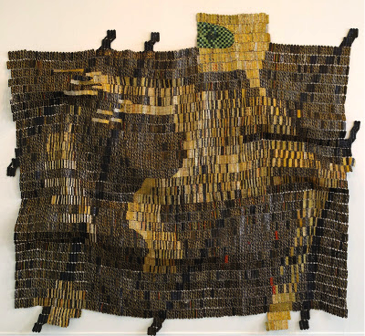
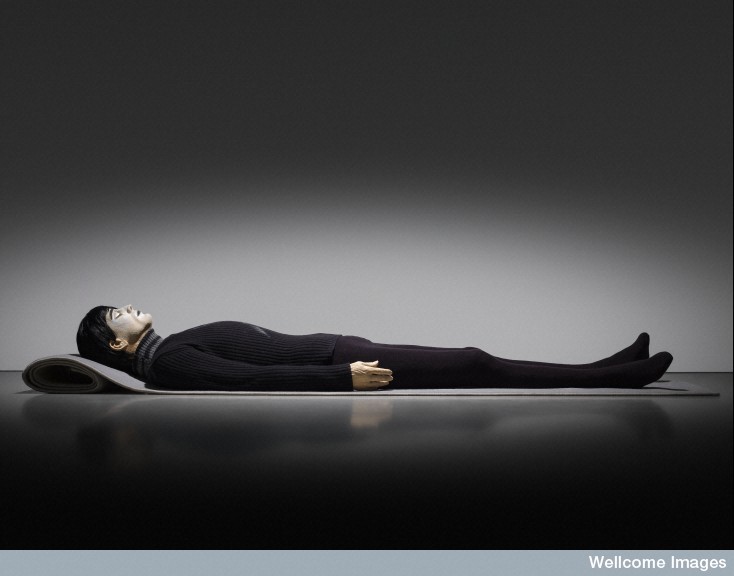
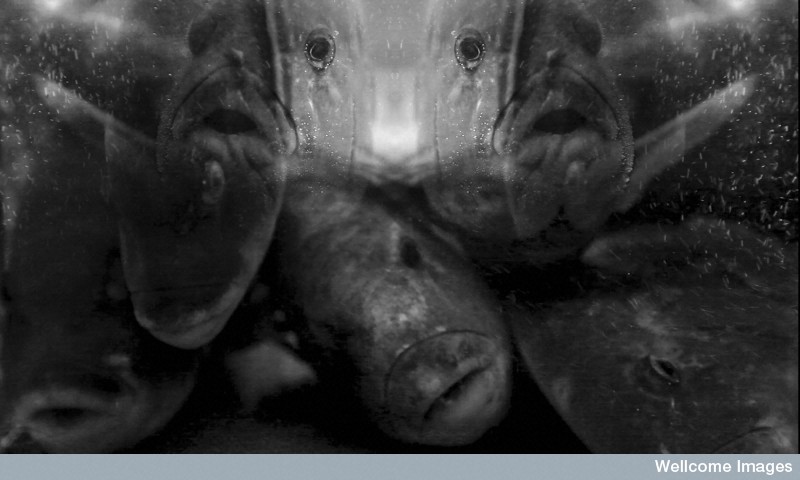
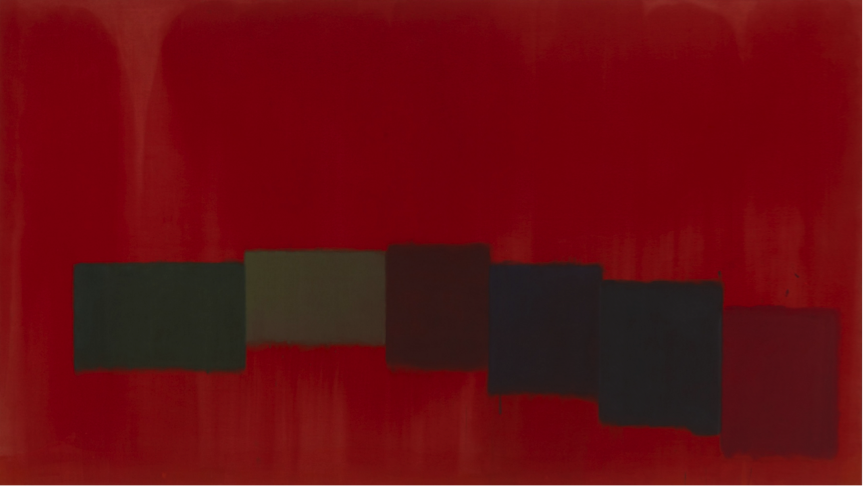


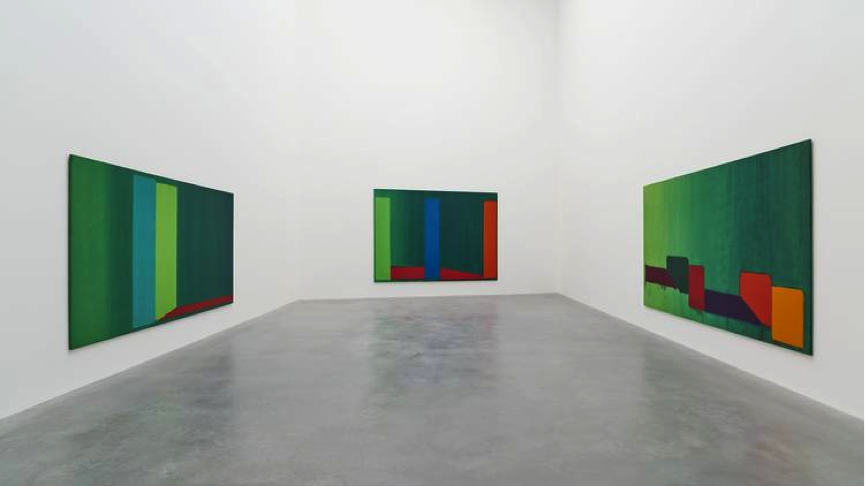
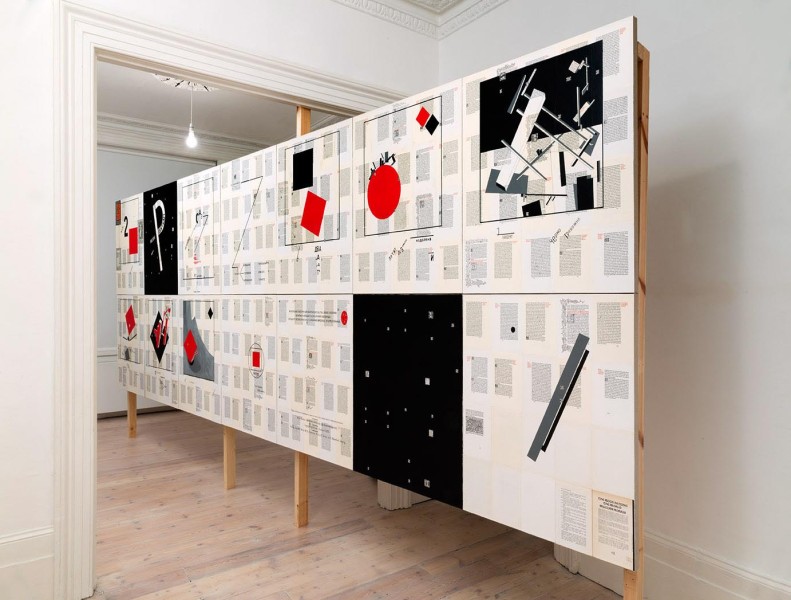
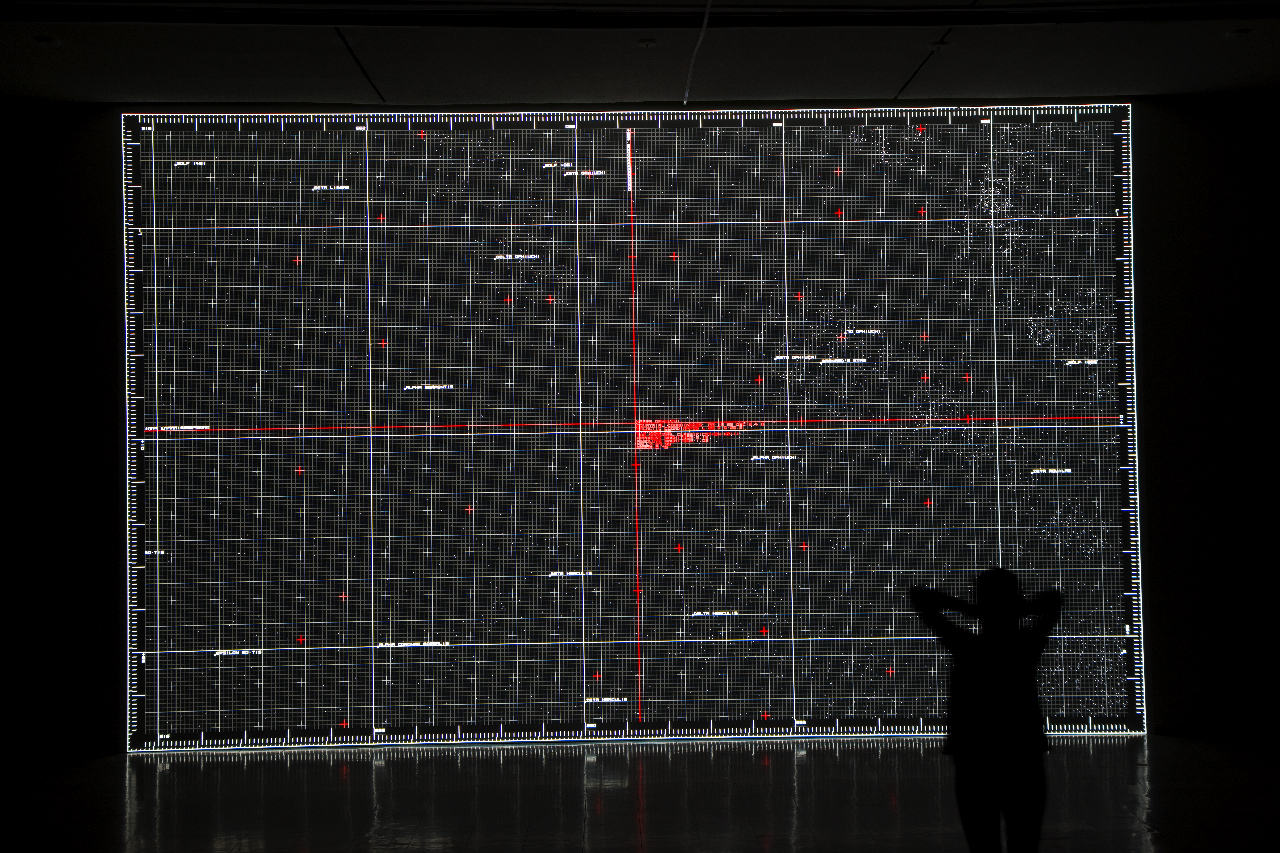
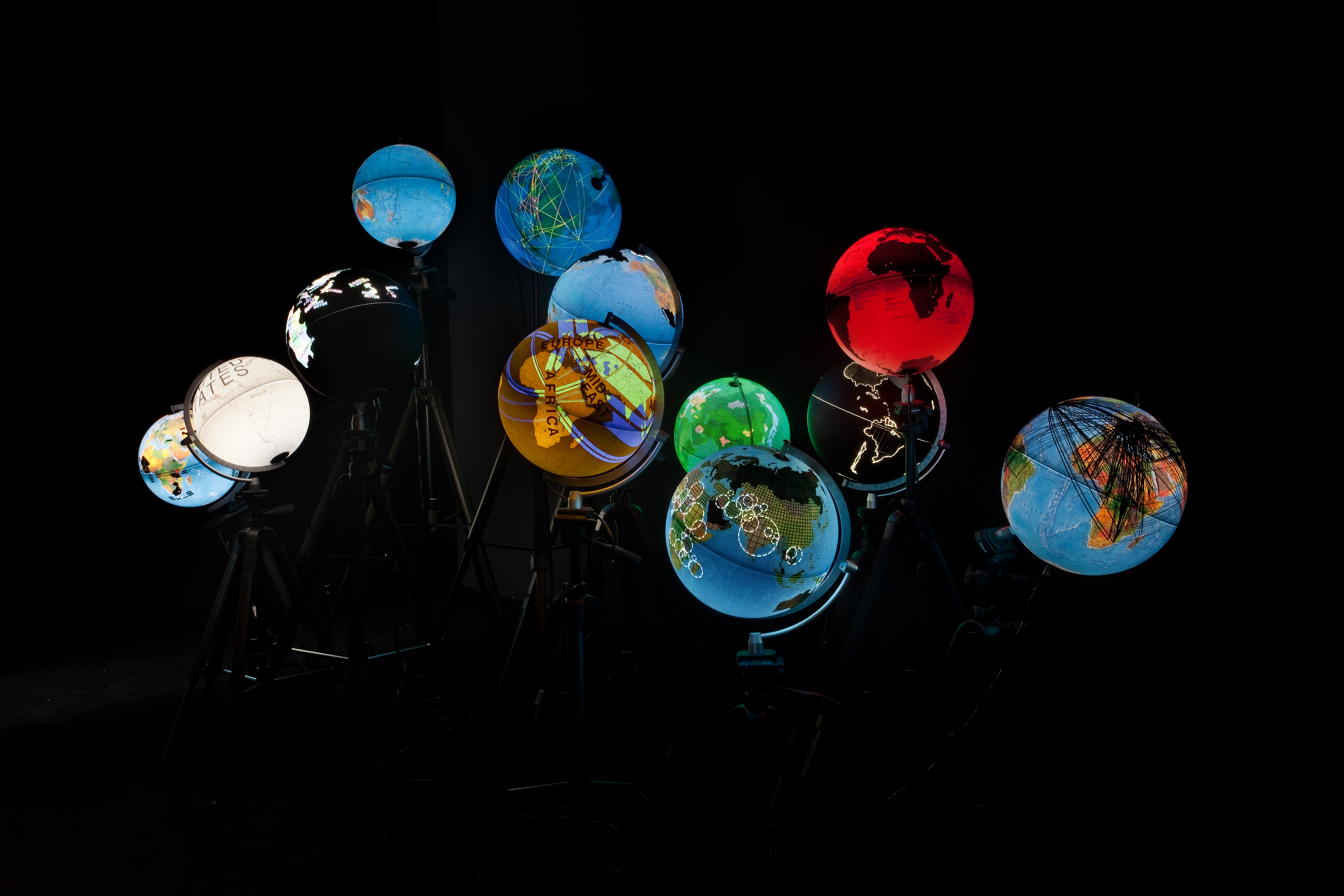




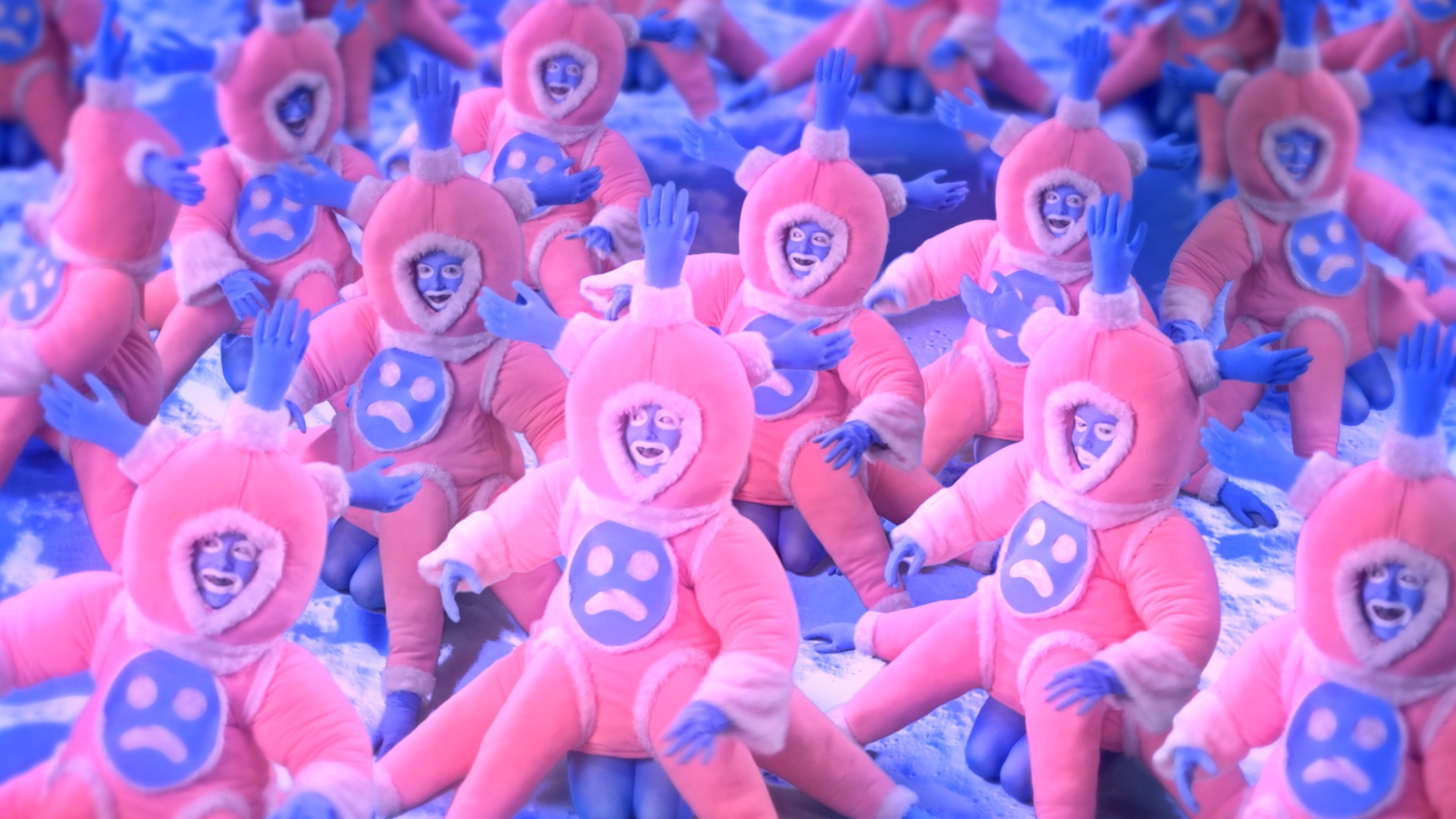

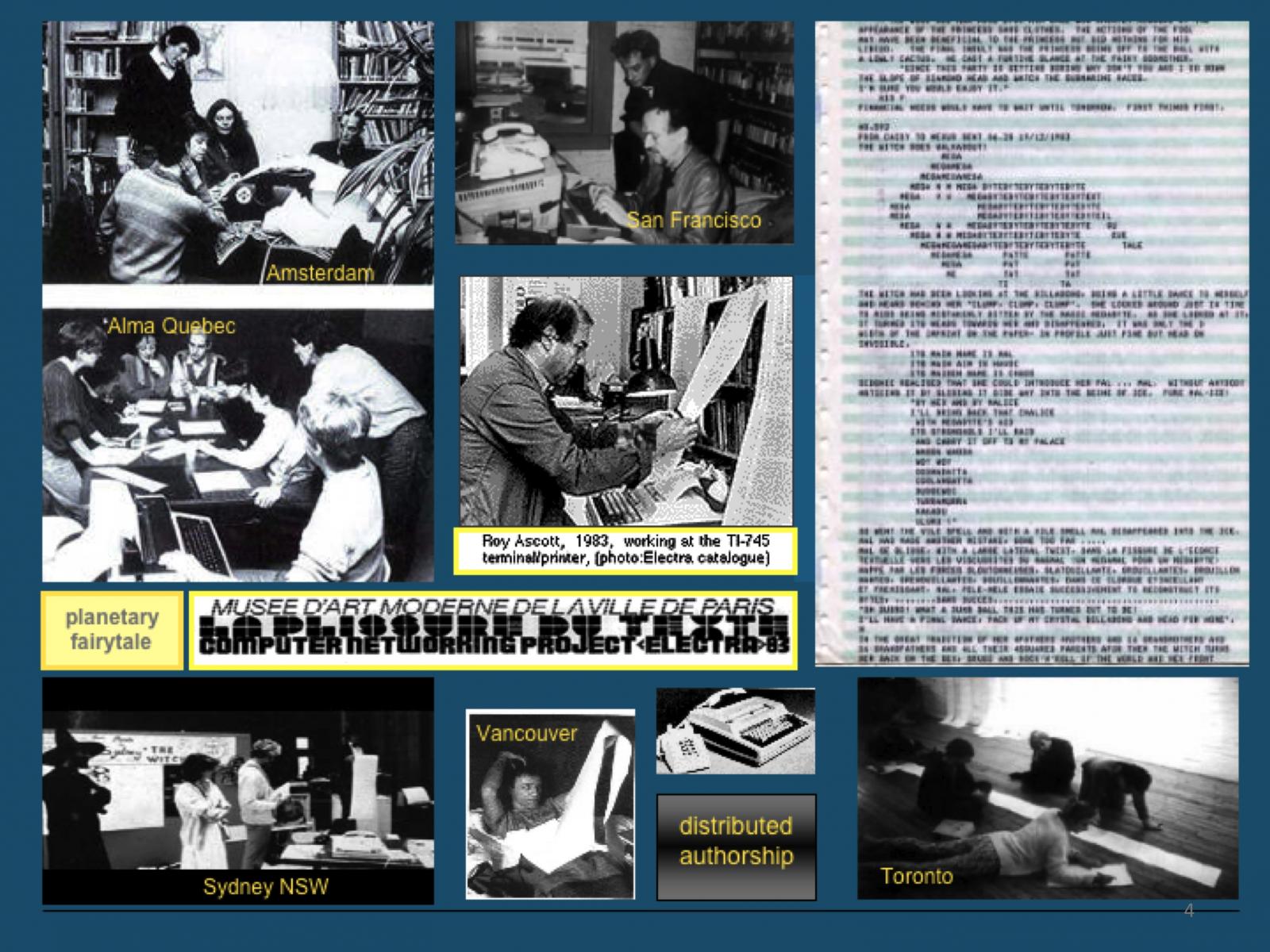
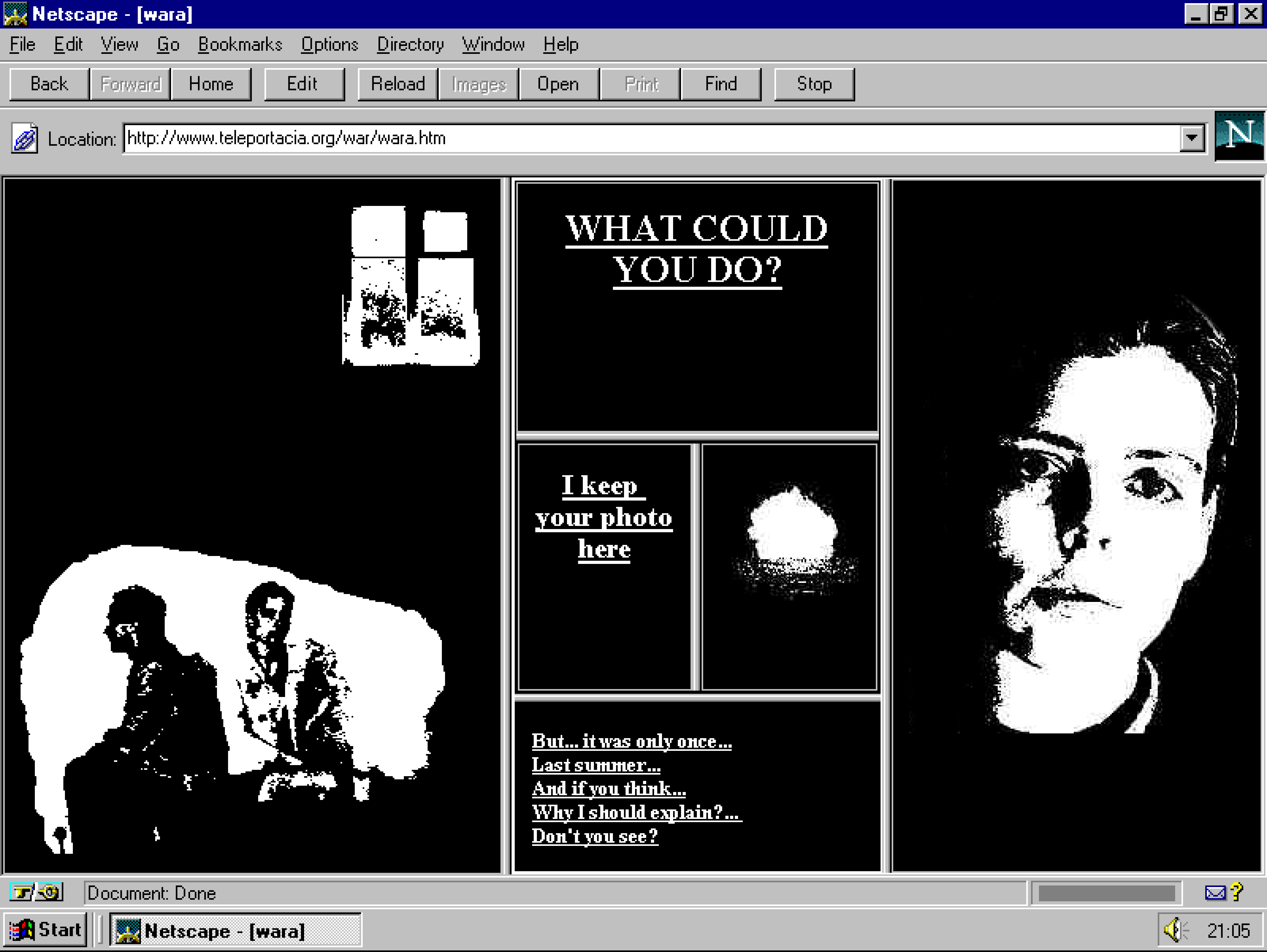
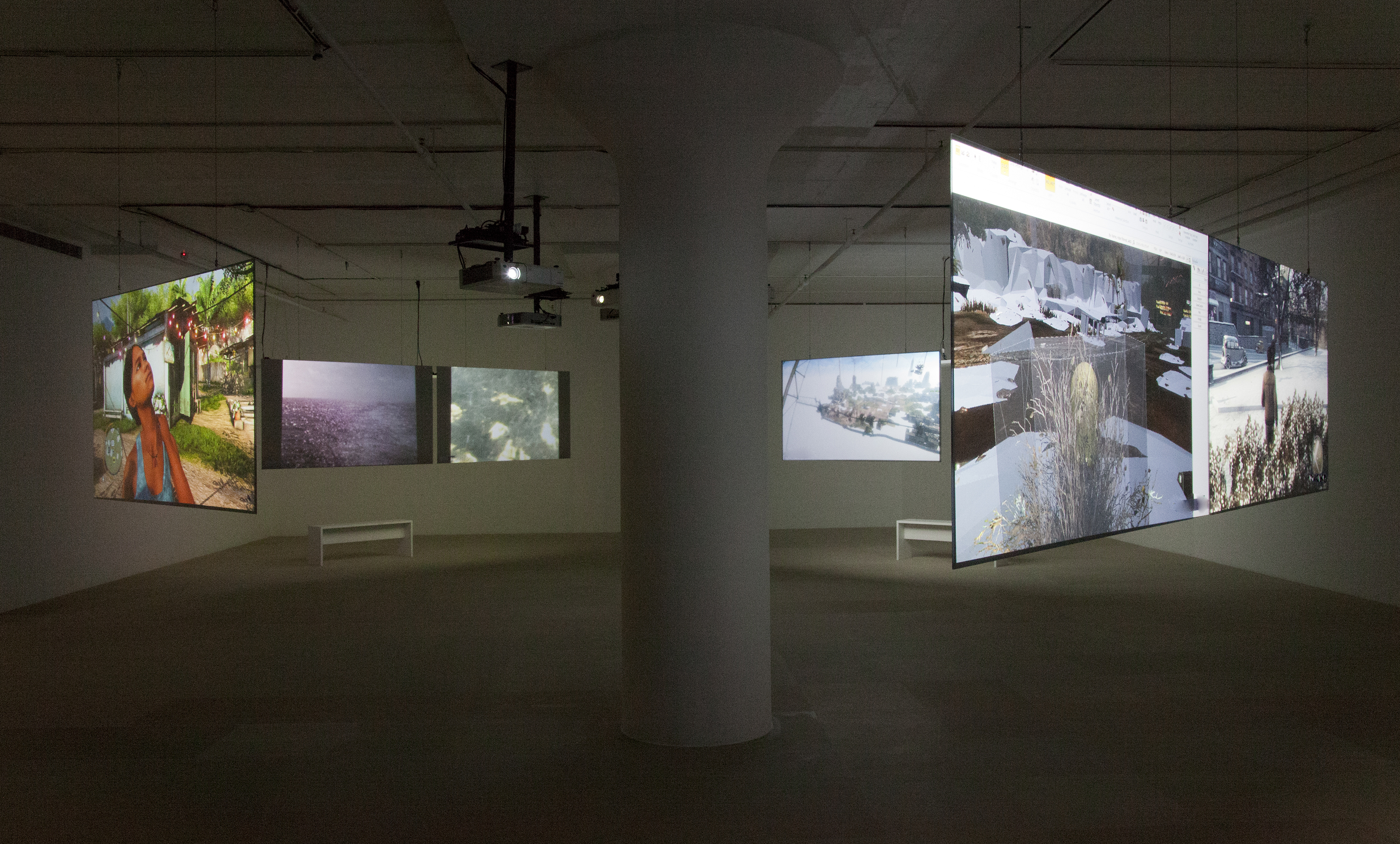

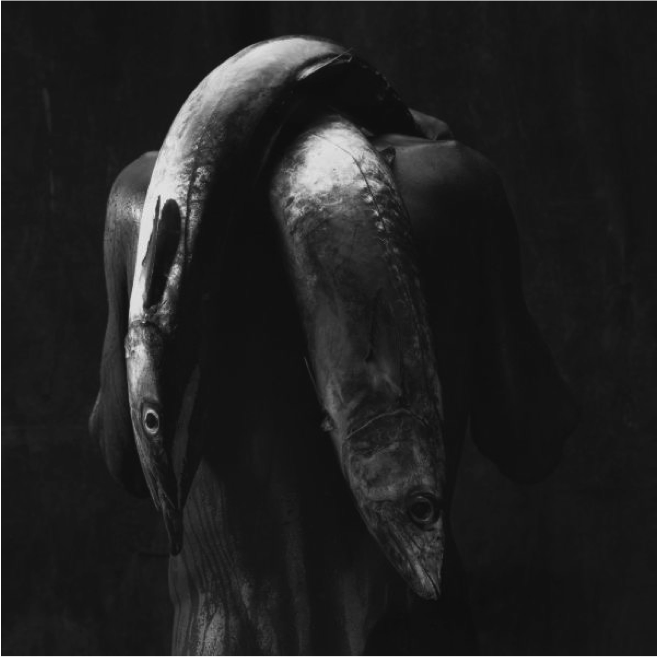
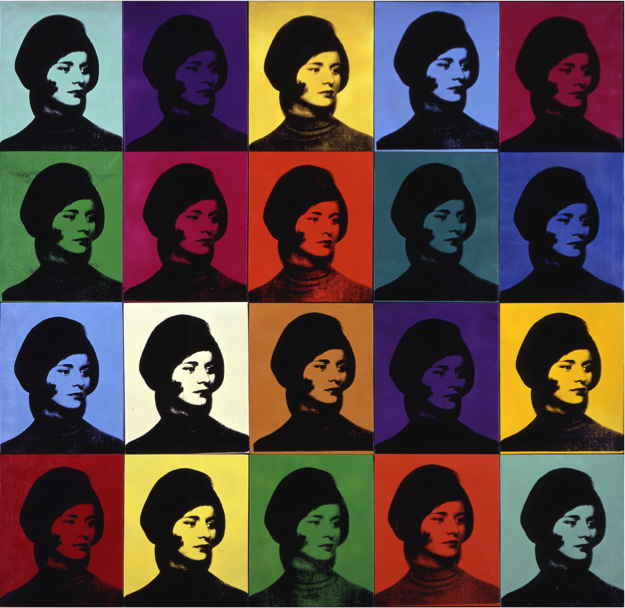
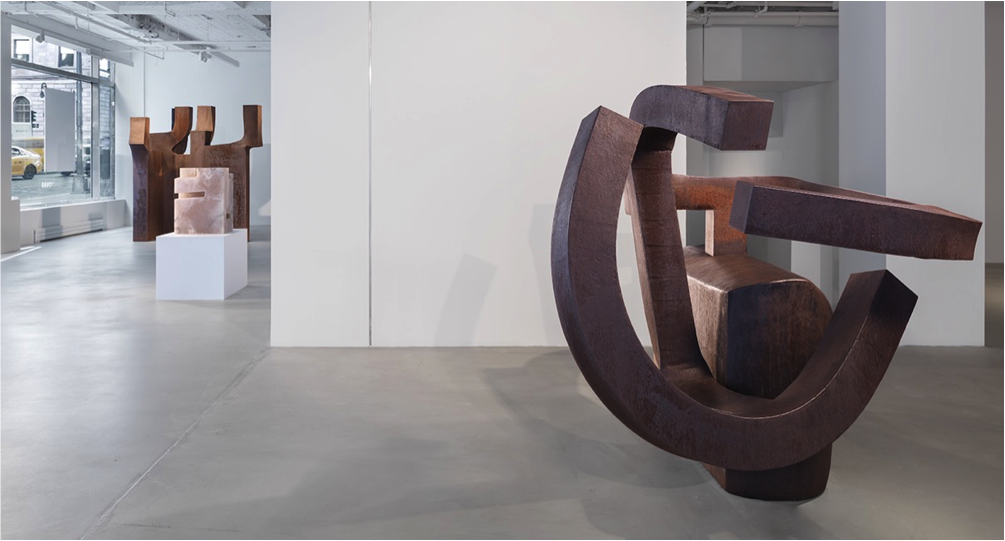
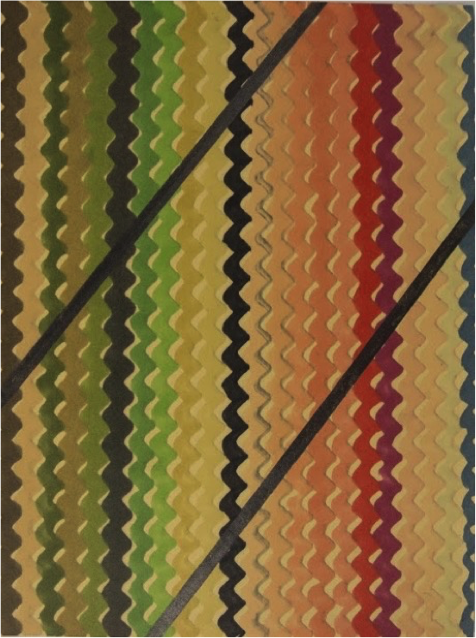
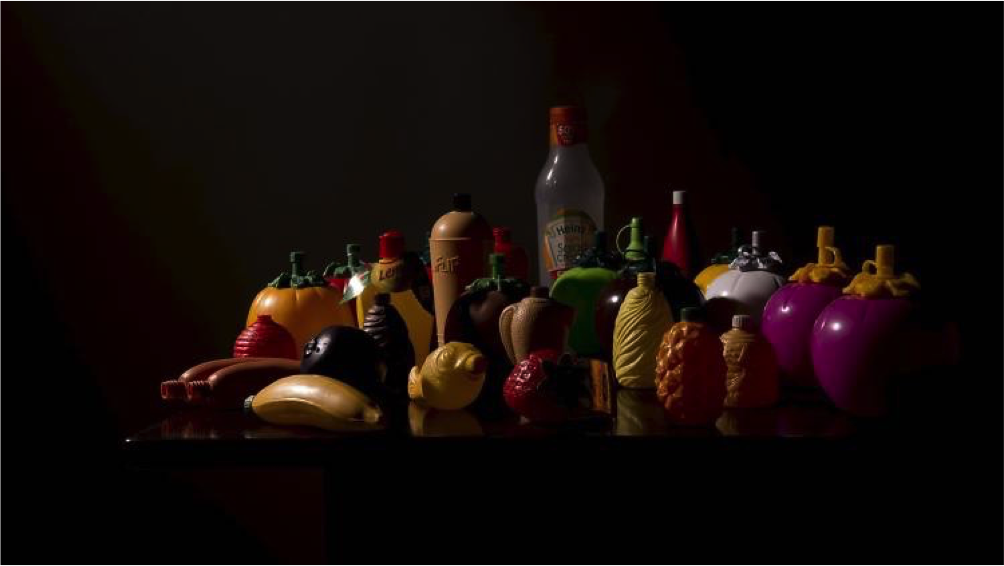

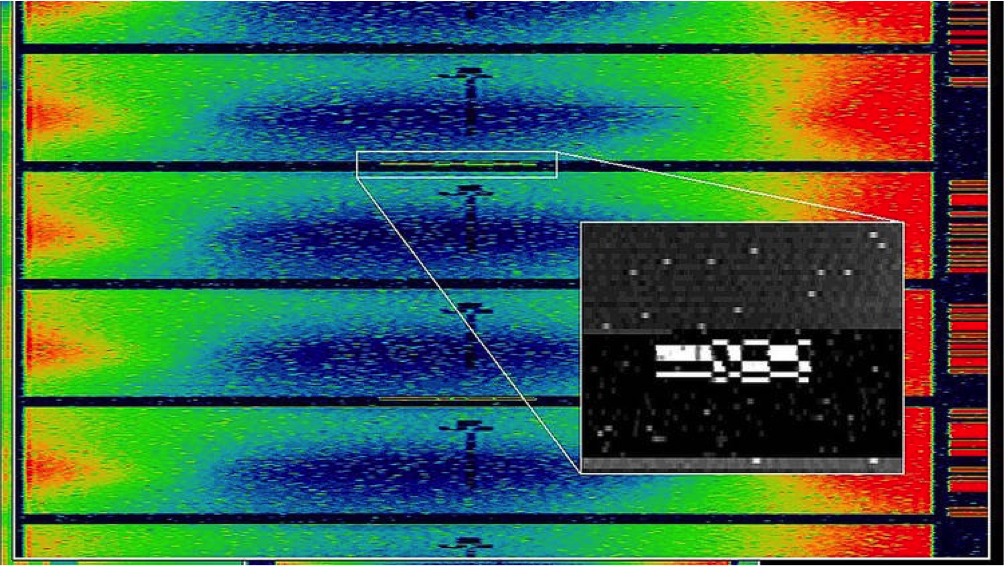


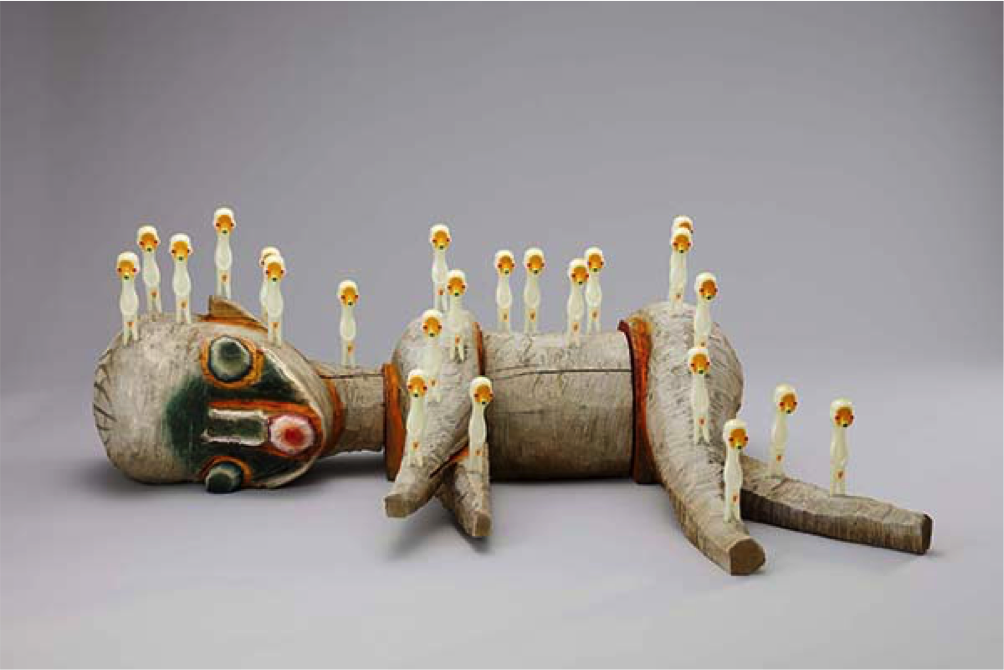


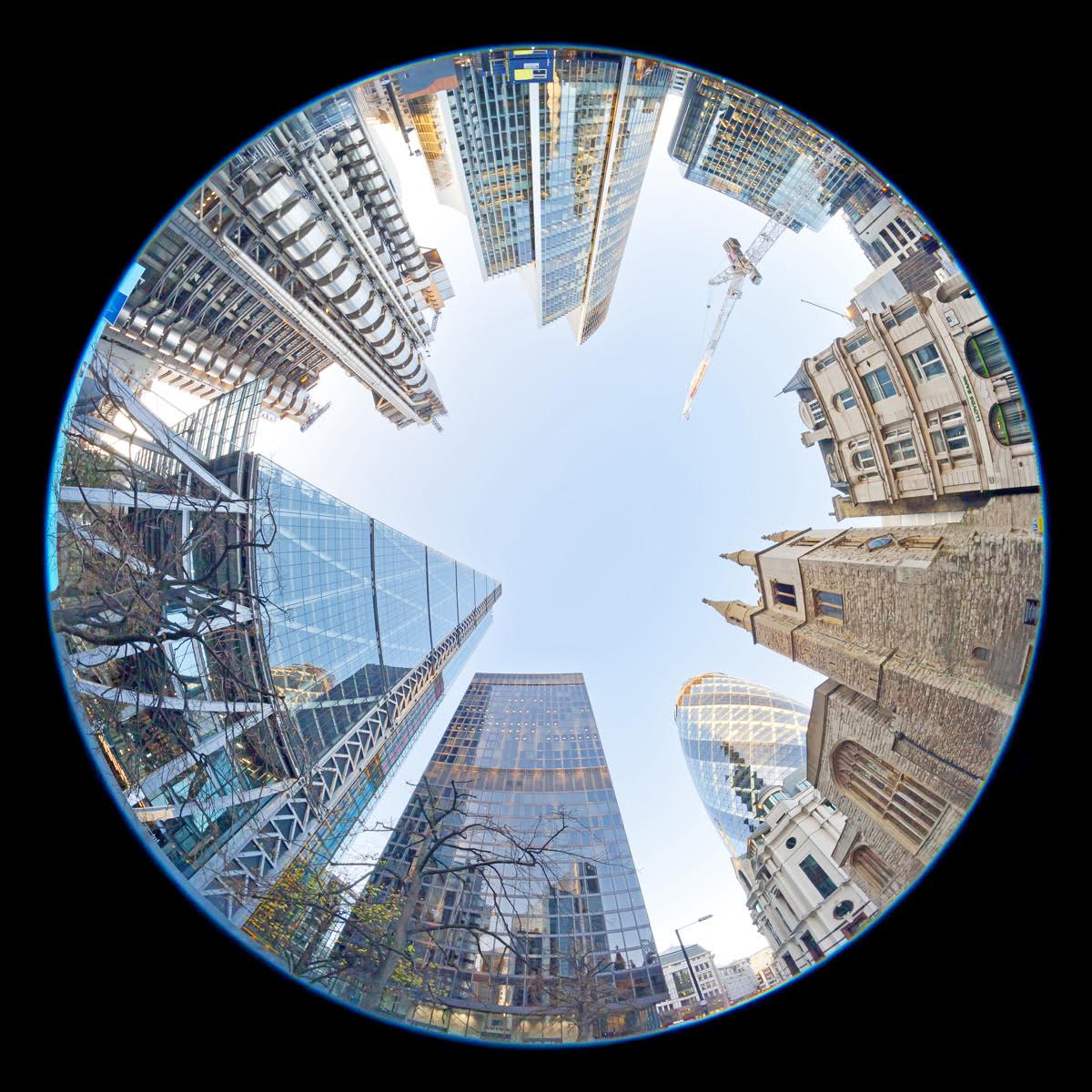
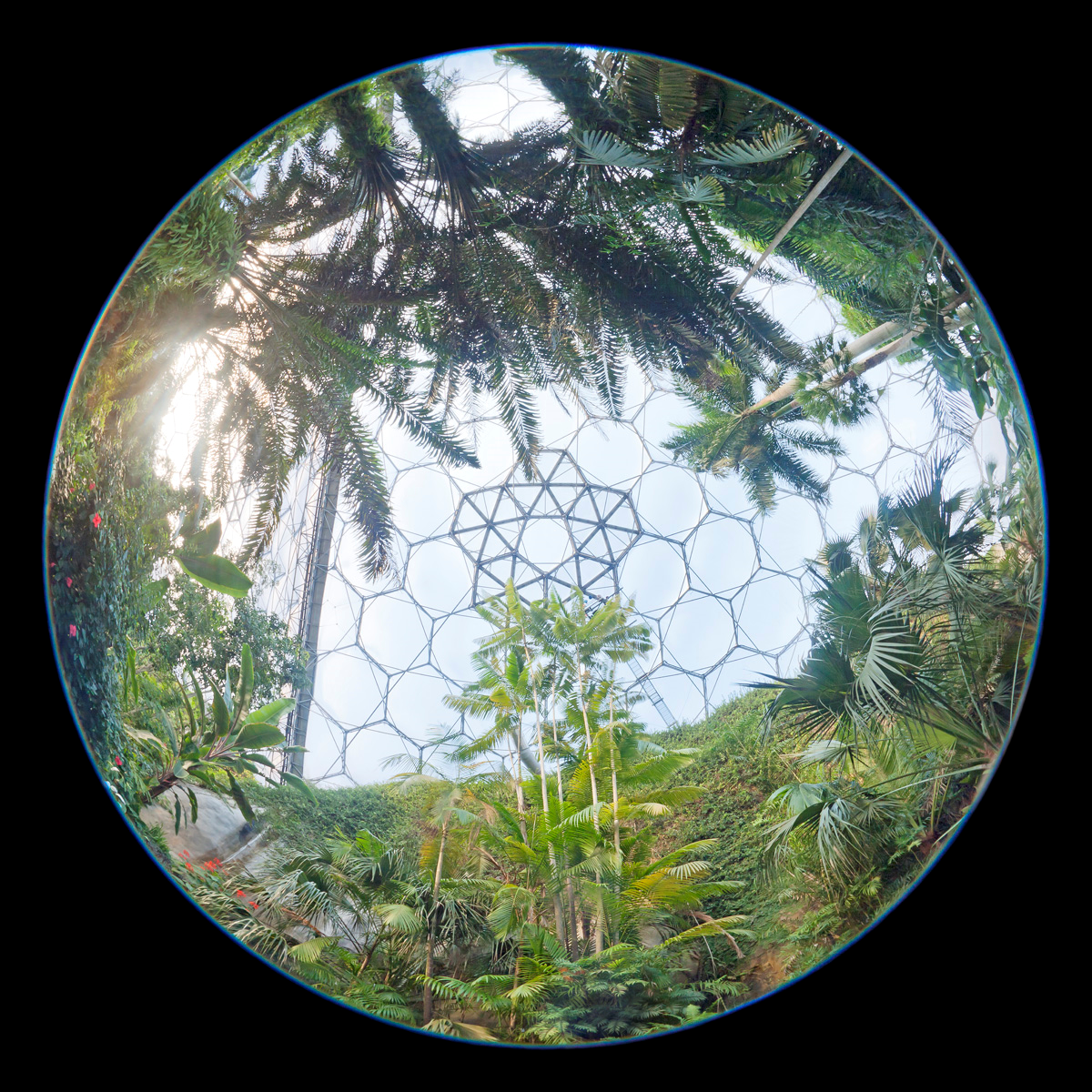
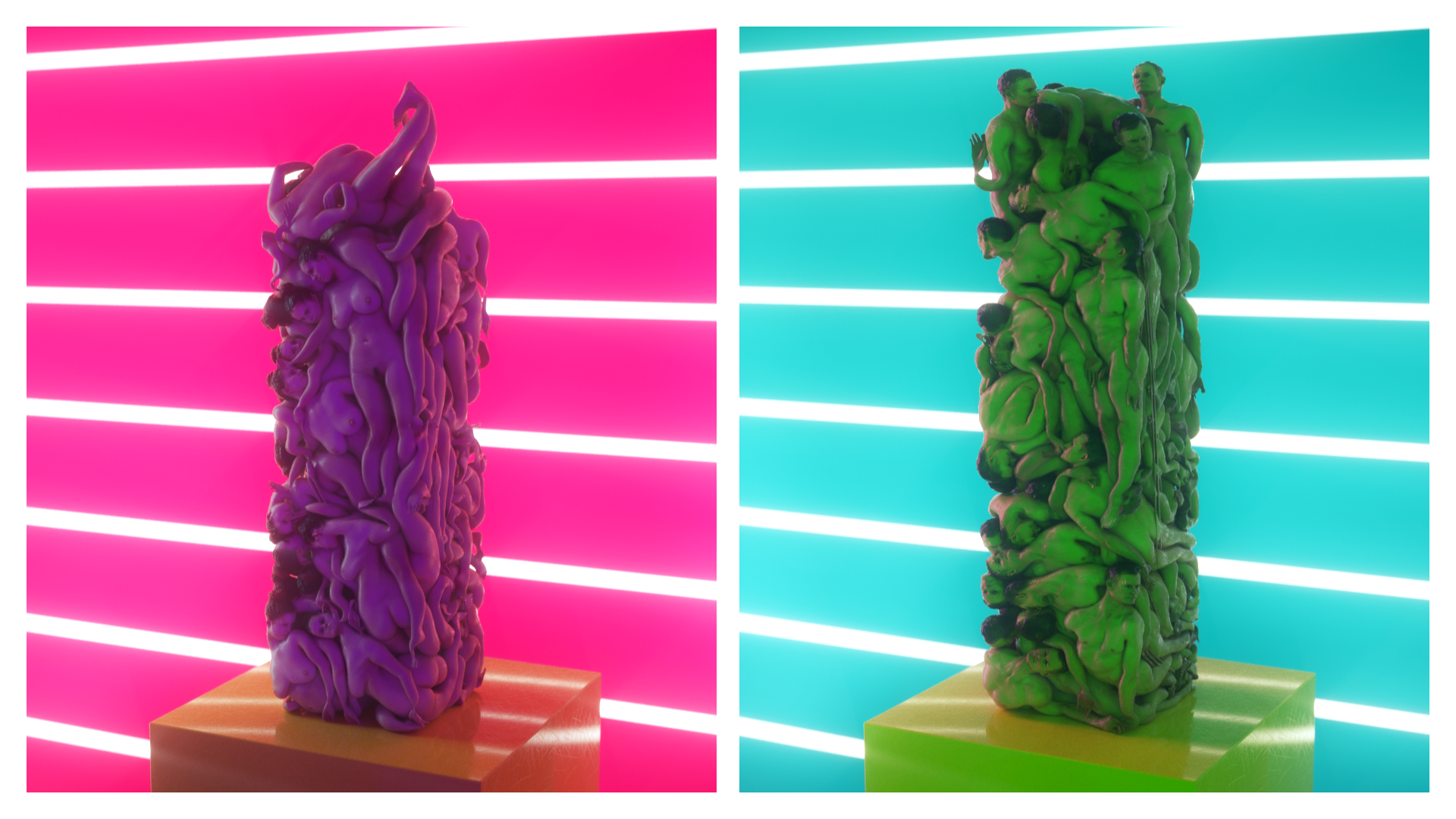

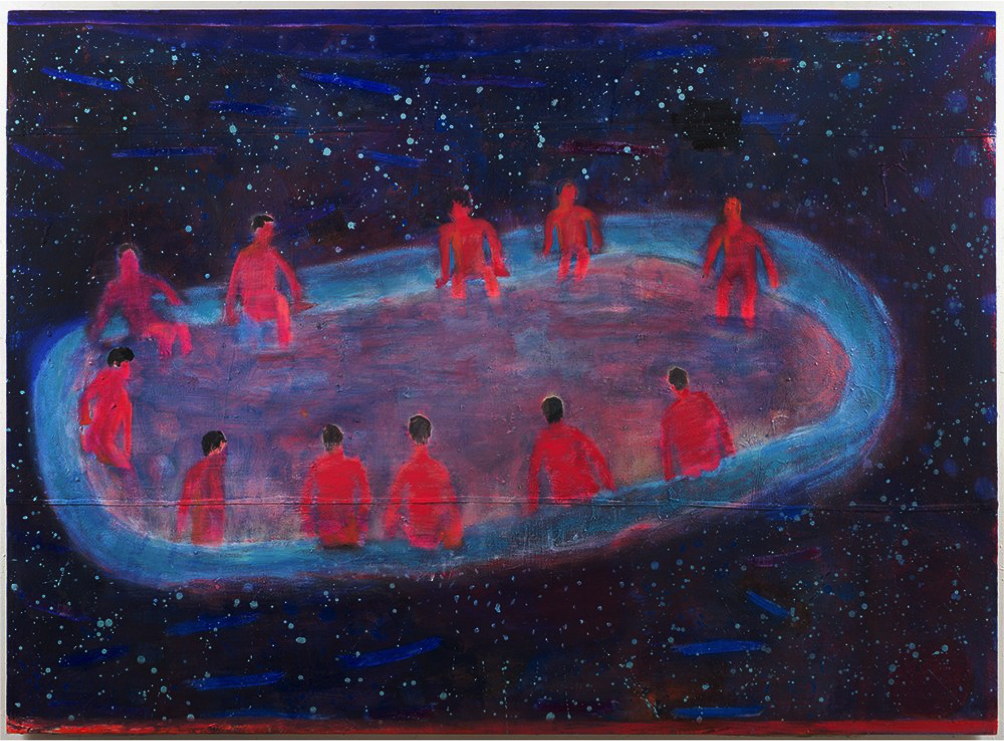
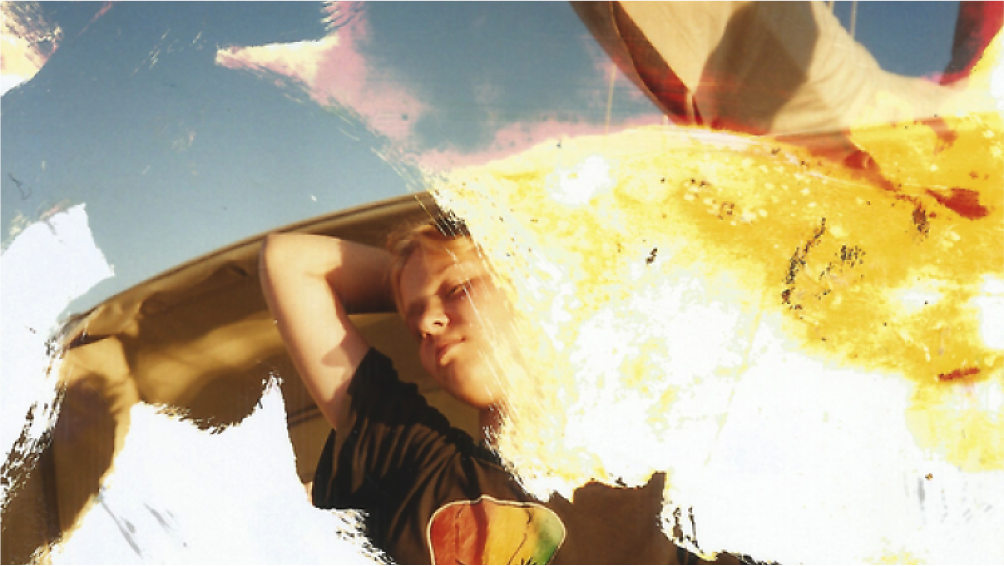
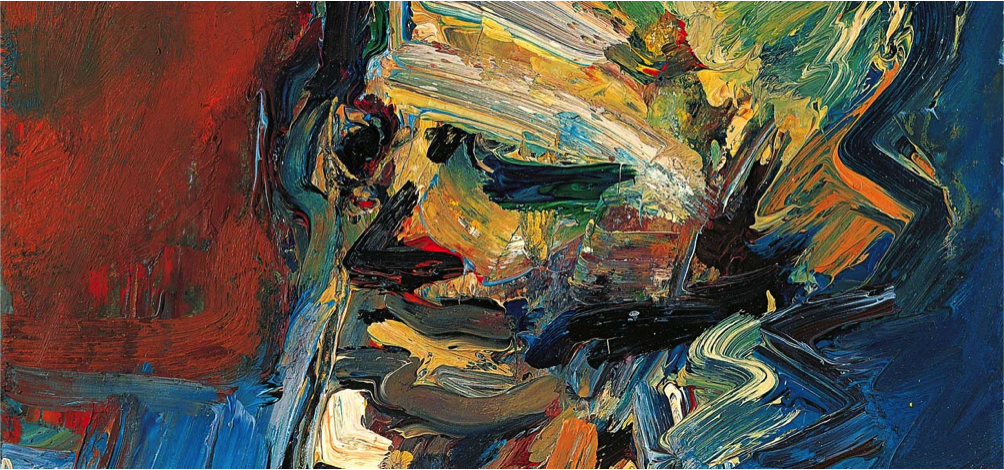
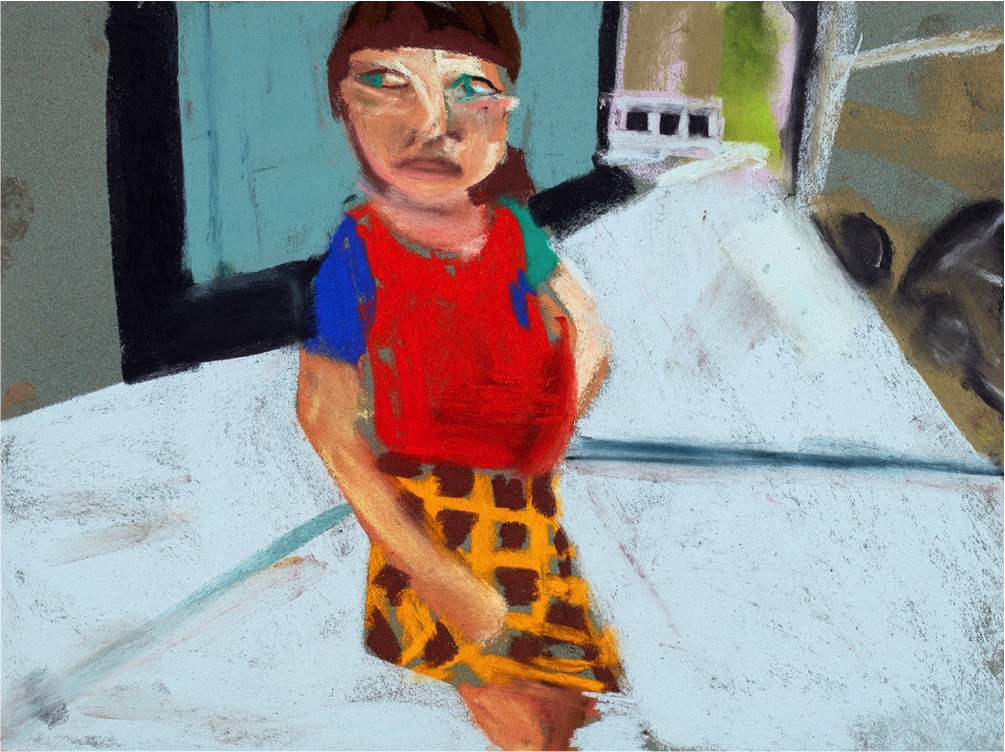
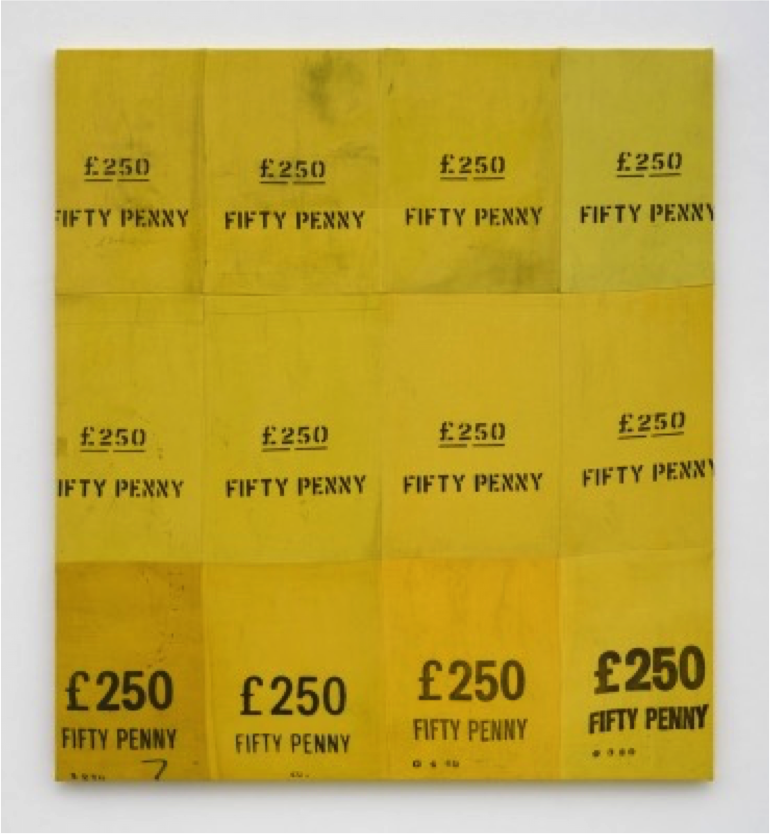

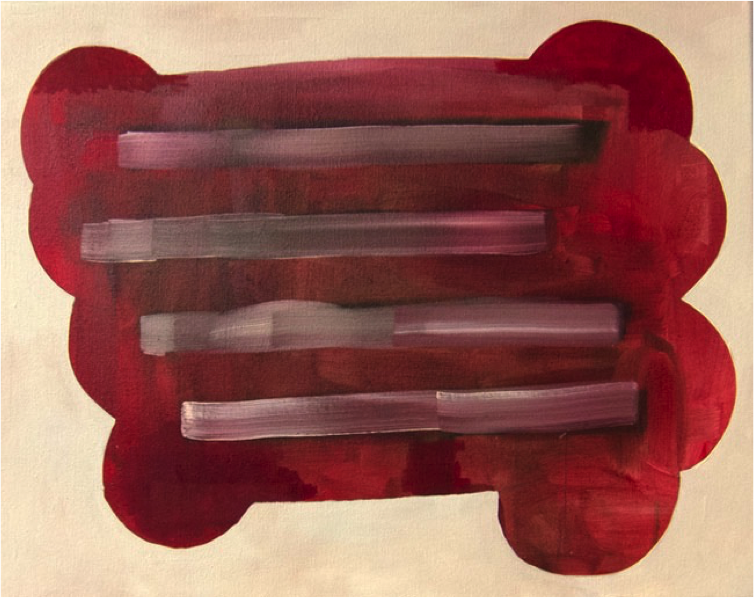
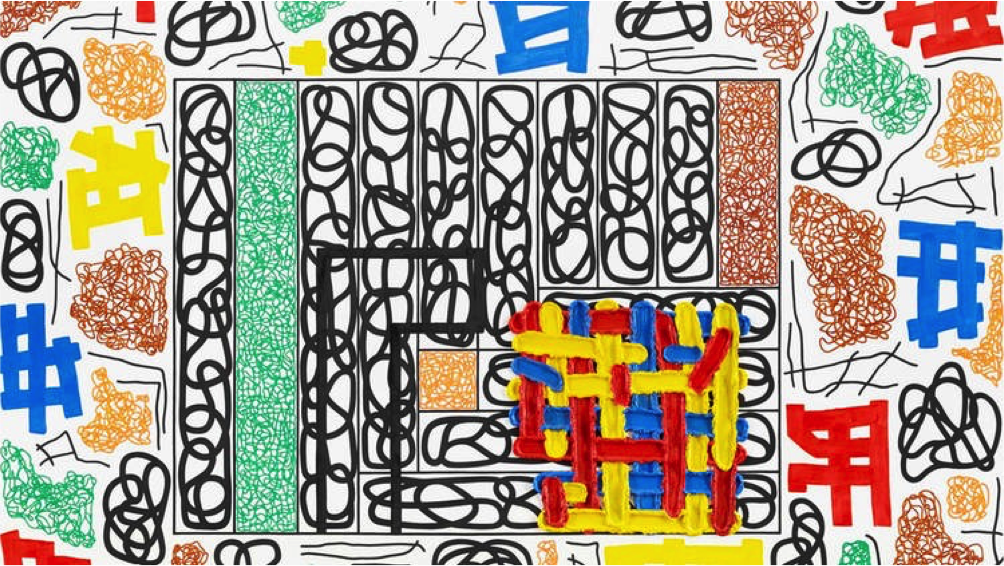
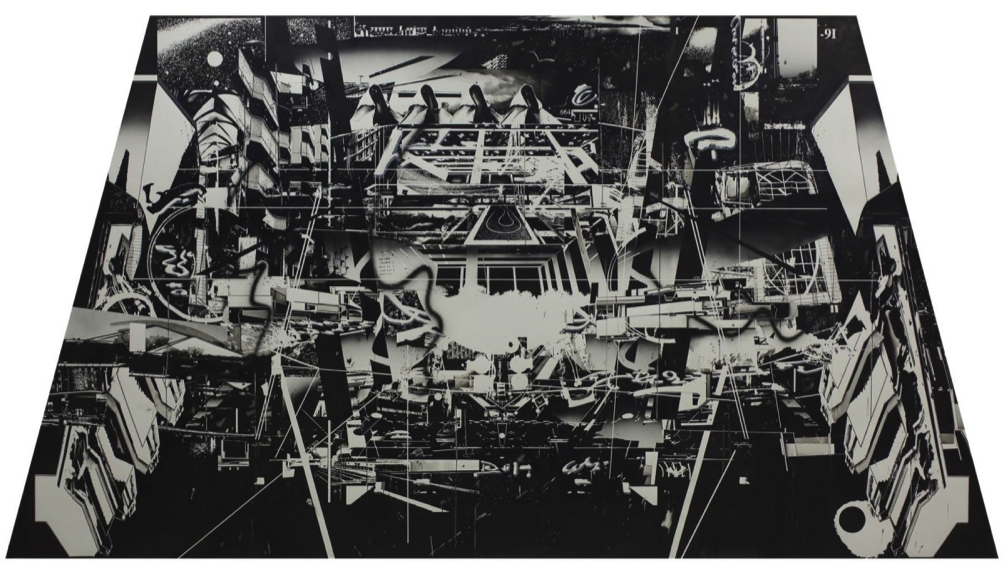



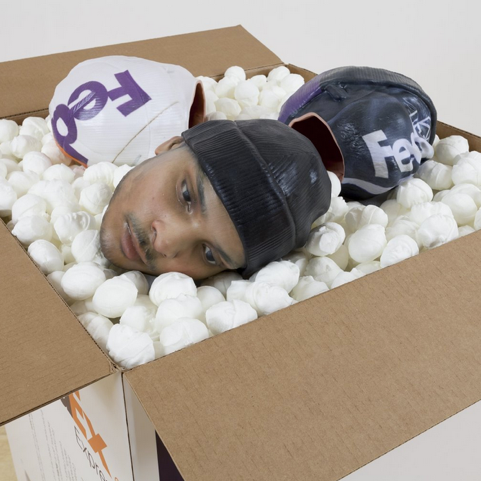
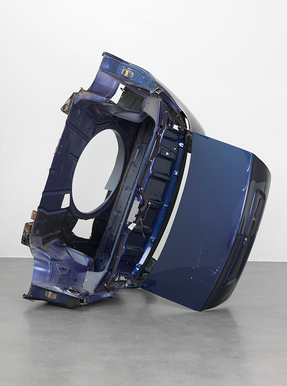
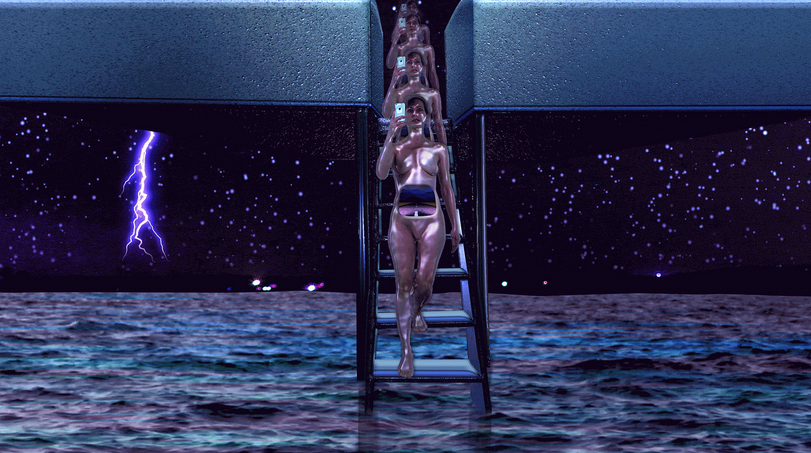

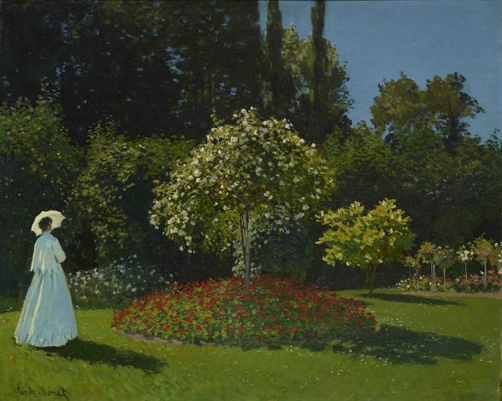

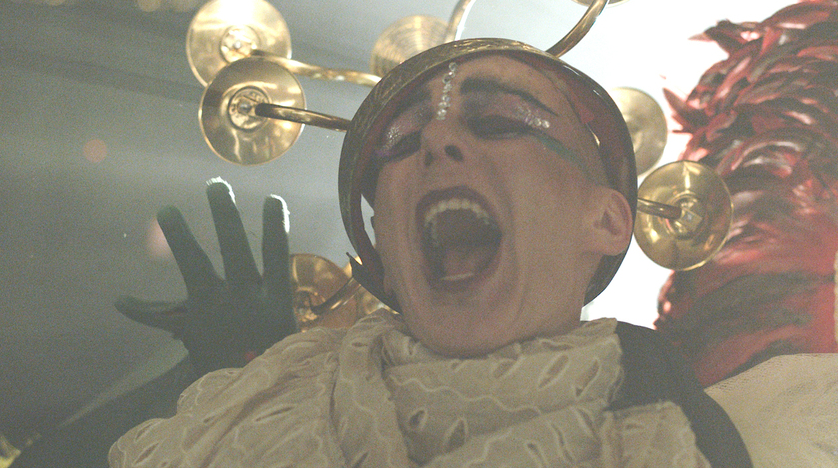 The Showroom presents the first solo exhibition in the UK of Lebanese artist Rana Hamadeh. The Sleepwalkers, a major new film commission, is the latest chapter of Alien Encounters, Hamadeh’s on going project which aims at further complicating the notion of ‘alienness’, understood broadly as the condition of estrangement with regard to the law.
The Showroom presents the first solo exhibition in the UK of Lebanese artist Rana Hamadeh. The Sleepwalkers, a major new film commission, is the latest chapter of Alien Encounters, Hamadeh’s on going project which aims at further complicating the notion of ‘alienness’, understood broadly as the condition of estrangement with regard to the law.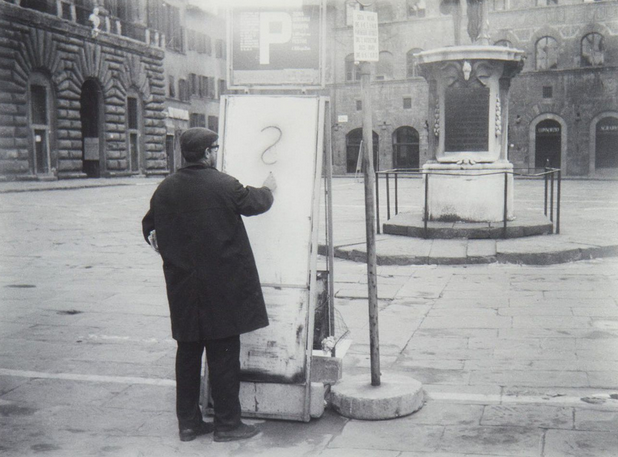 The inhabitants of 52 Whitbread Road announce Bread and Jam, a unique series of exhibitions created and exhibited in a gutted and soon to be refurbished house in a Victorian terraced street in Brockley. For the 4th instalment of the exhibition, Bread and Jam bring together the past and present, inviting 9 contemporary artists to make or present work in response to international artists active between the 1950s to the 1970s.
The inhabitants of 52 Whitbread Road announce Bread and Jam, a unique series of exhibitions created and exhibited in a gutted and soon to be refurbished house in a Victorian terraced street in Brockley. For the 4th instalment of the exhibition, Bread and Jam bring together the past and present, inviting 9 contemporary artists to make or present work in response to international artists active between the 1950s to the 1970s.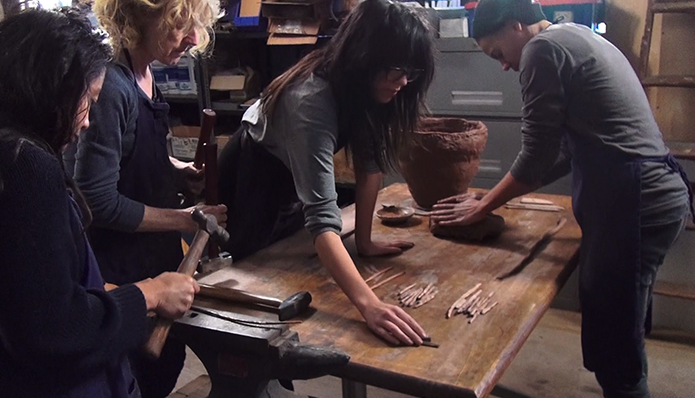
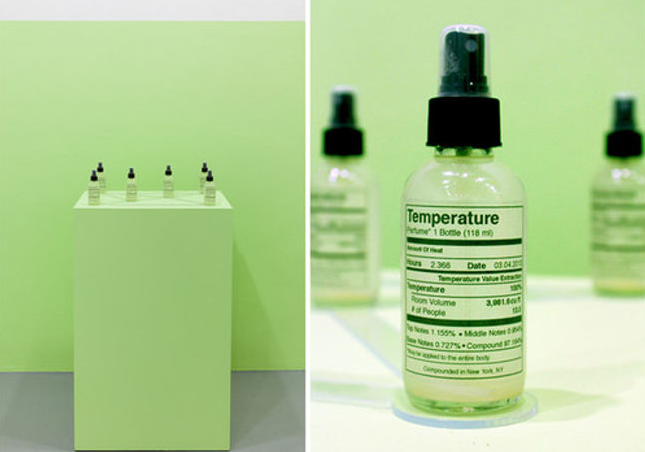 FiveMyles presents an exhibition of new works by Amanda Turner Pohan. Based on scientific manipulation of chemistry, her installations present seemingly minimalist clarity through methodical order. In reality Pohan is attempting to quantify the unquantifiable through creative processing, packaging, and ordering, conjuring a self-portrait that becomes a metaphor for the bodied and disembodied nature of human response.
FiveMyles presents an exhibition of new works by Amanda Turner Pohan. Based on scientific manipulation of chemistry, her installations present seemingly minimalist clarity through methodical order. In reality Pohan is attempting to quantify the unquantifiable through creative processing, packaging, and ordering, conjuring a self-portrait that becomes a metaphor for the bodied and disembodied nature of human response.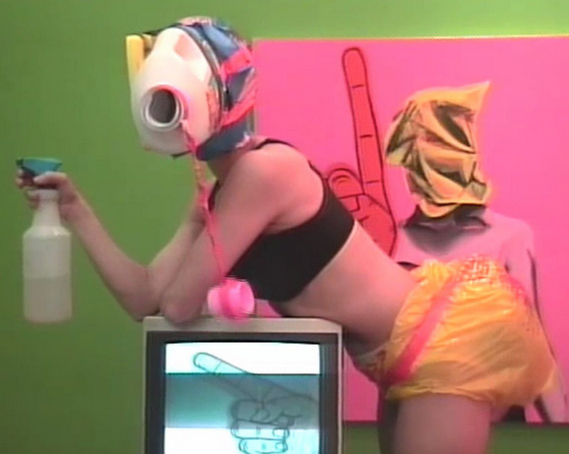 New Museum presents an exhibition of work by Cheryl Donegan. Working across video, painting and performance, Donegan explores the production and consumption of images in mass culture and art history.
New Museum presents an exhibition of work by Cheryl Donegan. Working across video, painting and performance, Donegan explores the production and consumption of images in mass culture and art history.




 ‘The one thing we share—exhaustion—makes us an inoperative community, an exhausted community, or a community of the exhausted.’ – Jan Verwoert
‘The one thing we share—exhaustion—makes us an inoperative community, an exhausted community, or a community of the exhausted.’ – Jan Verwoert









